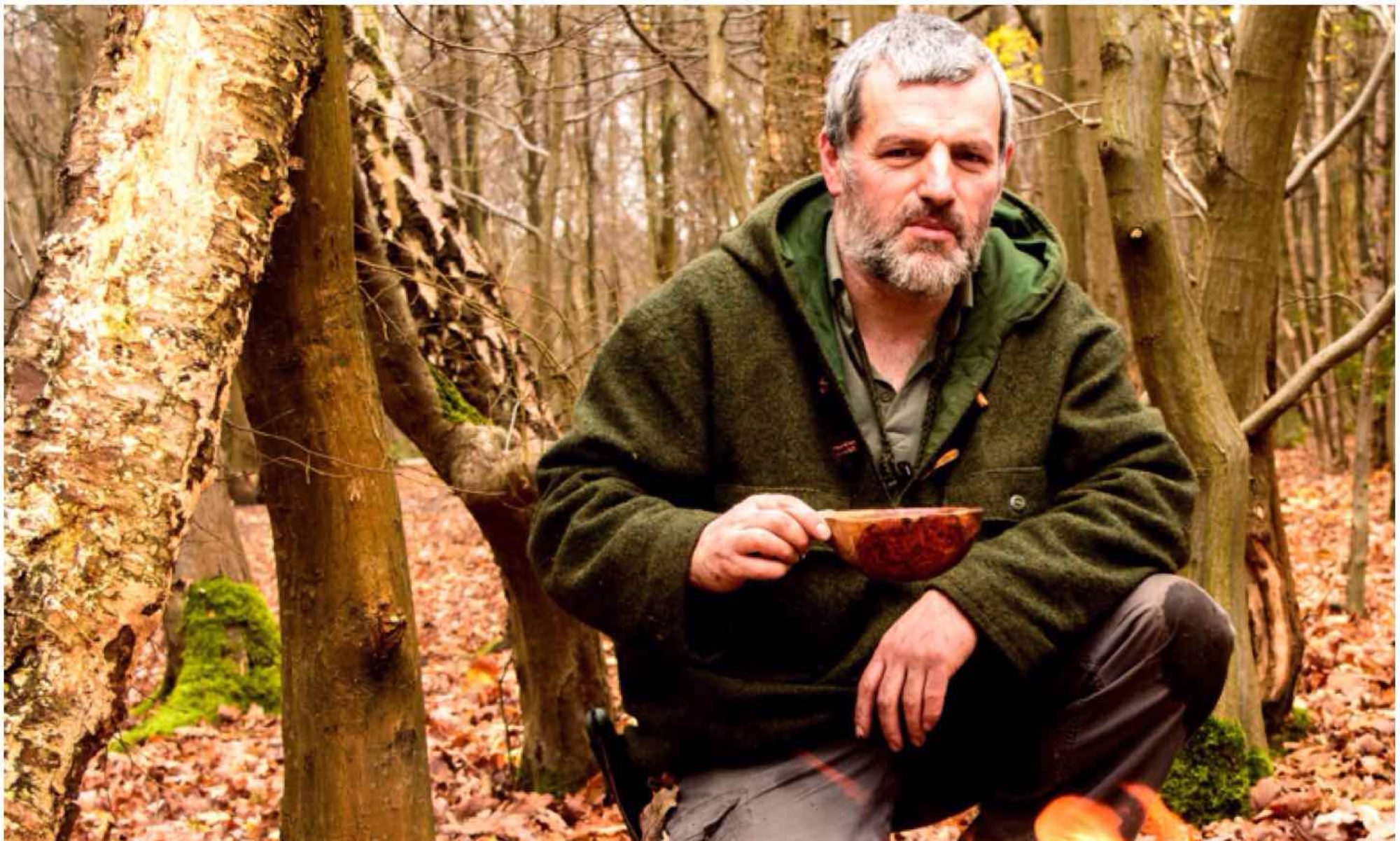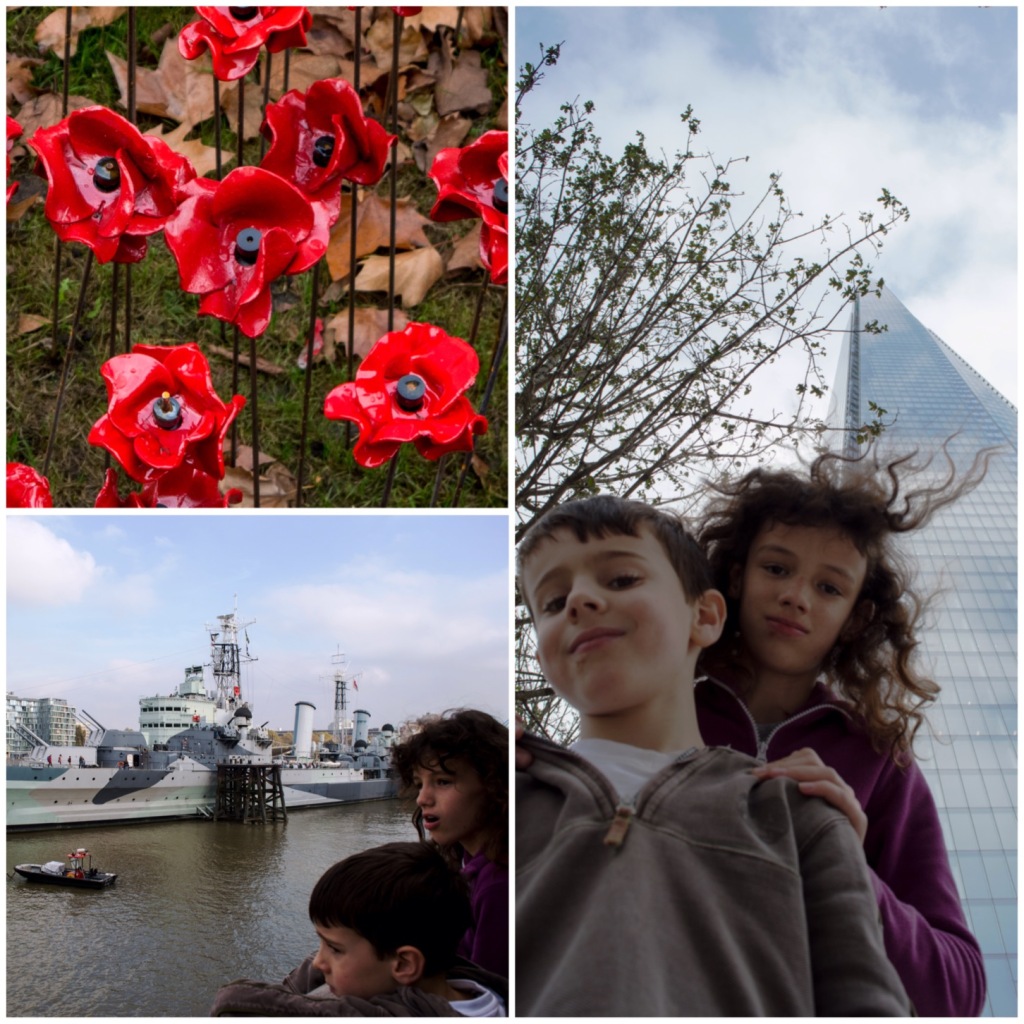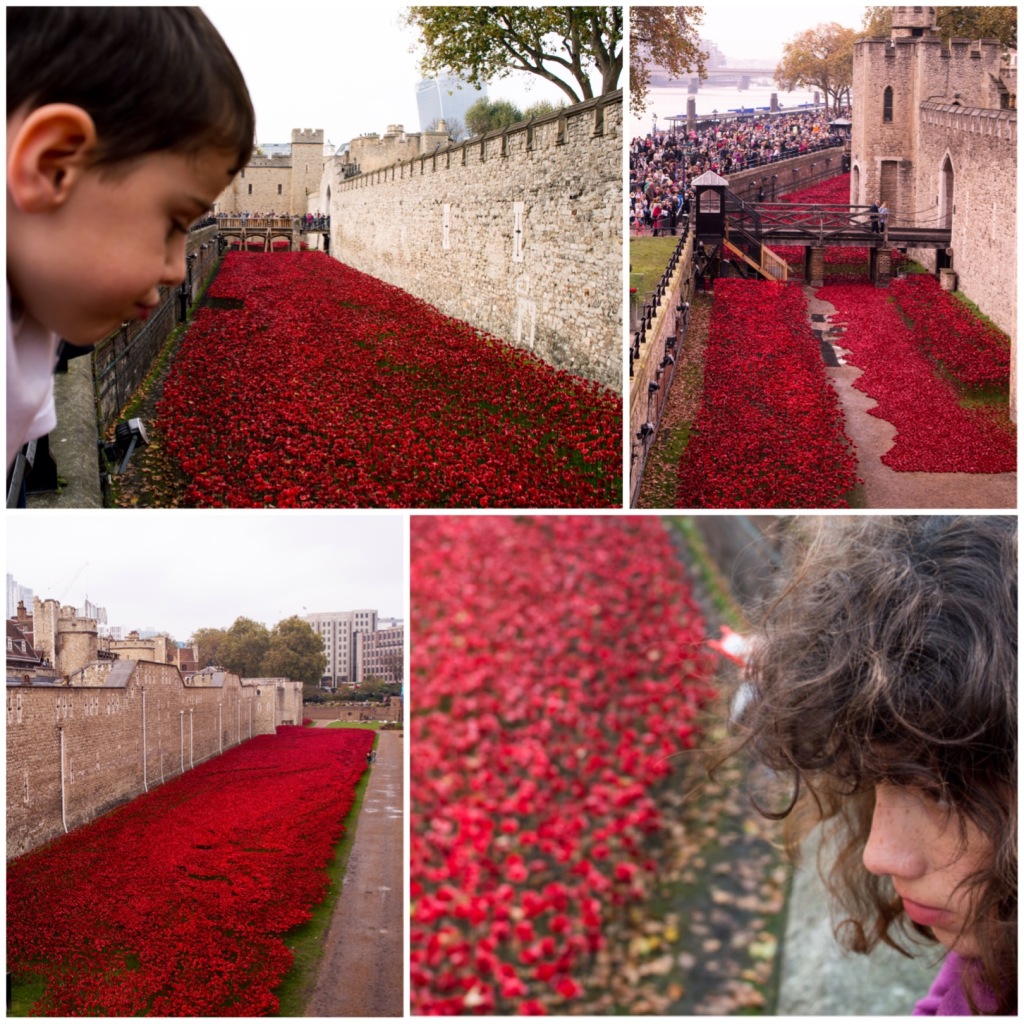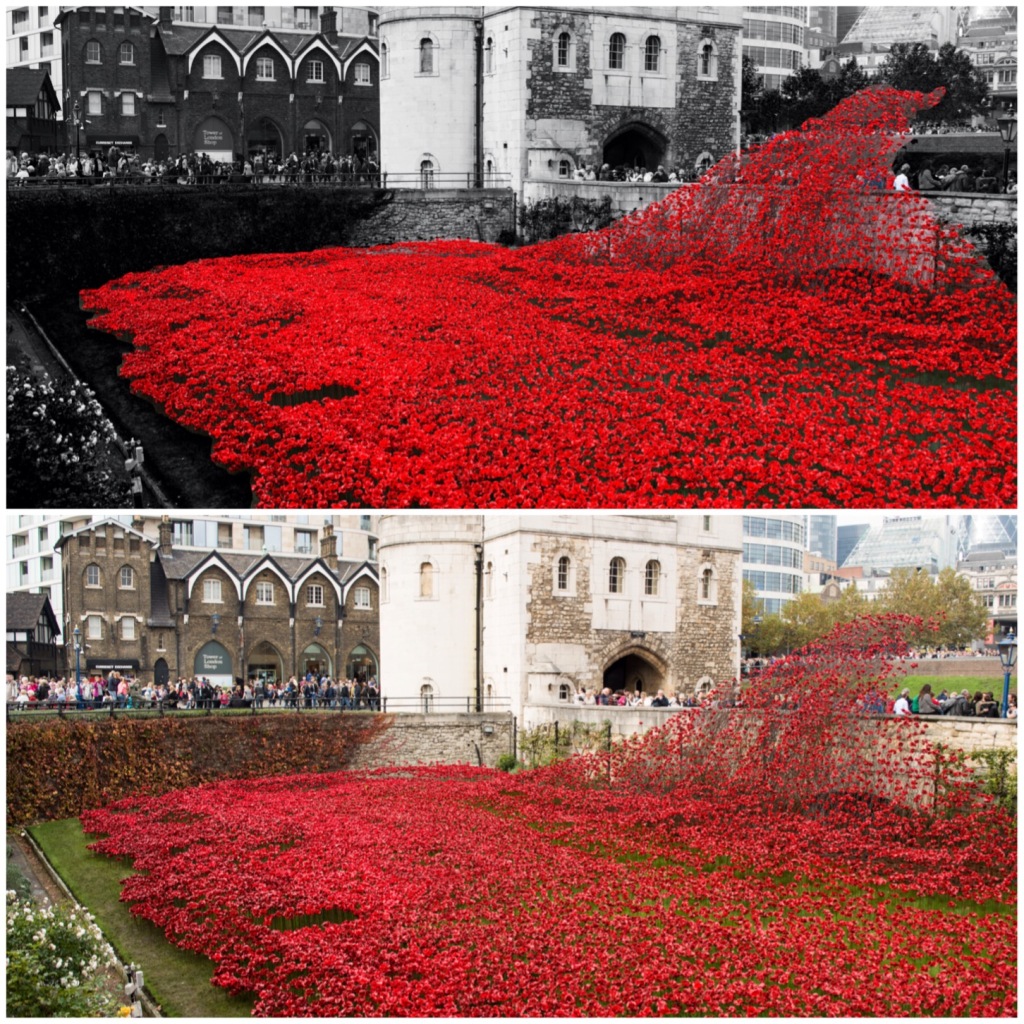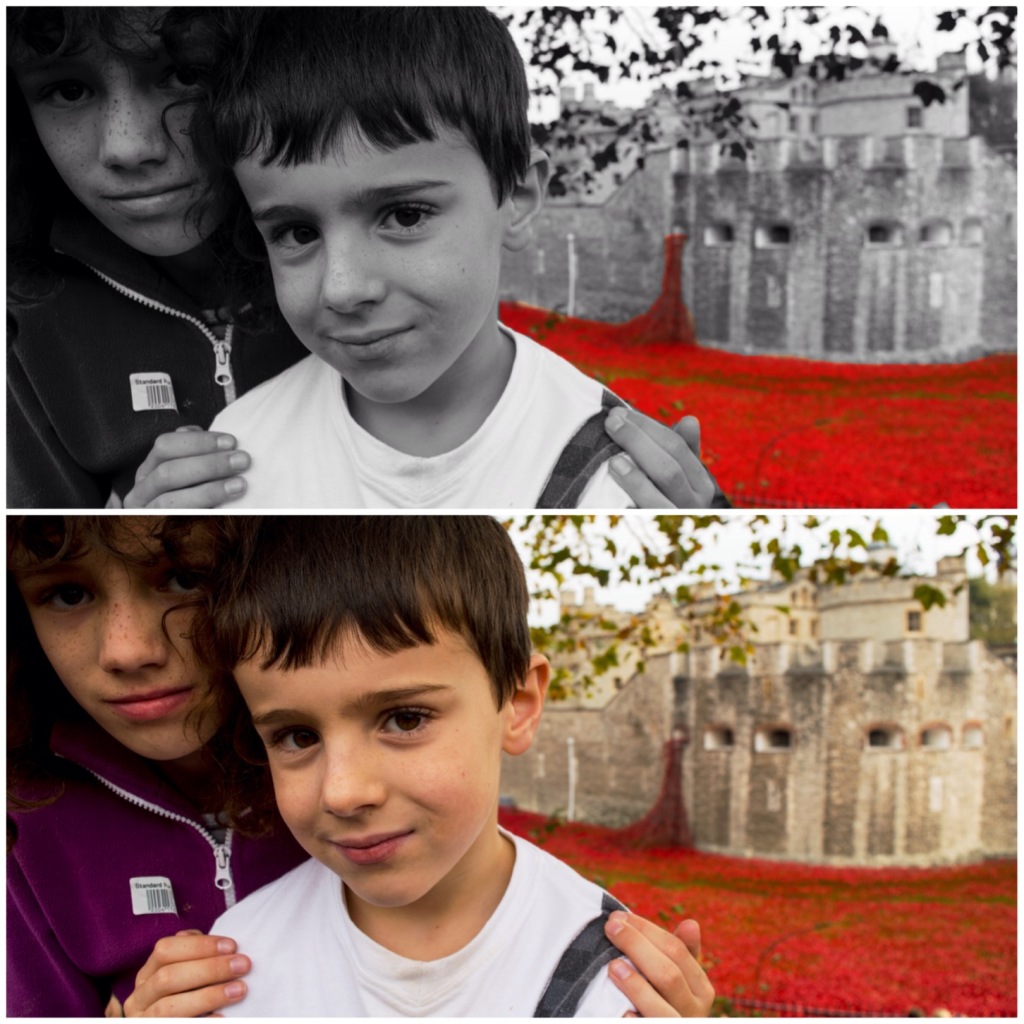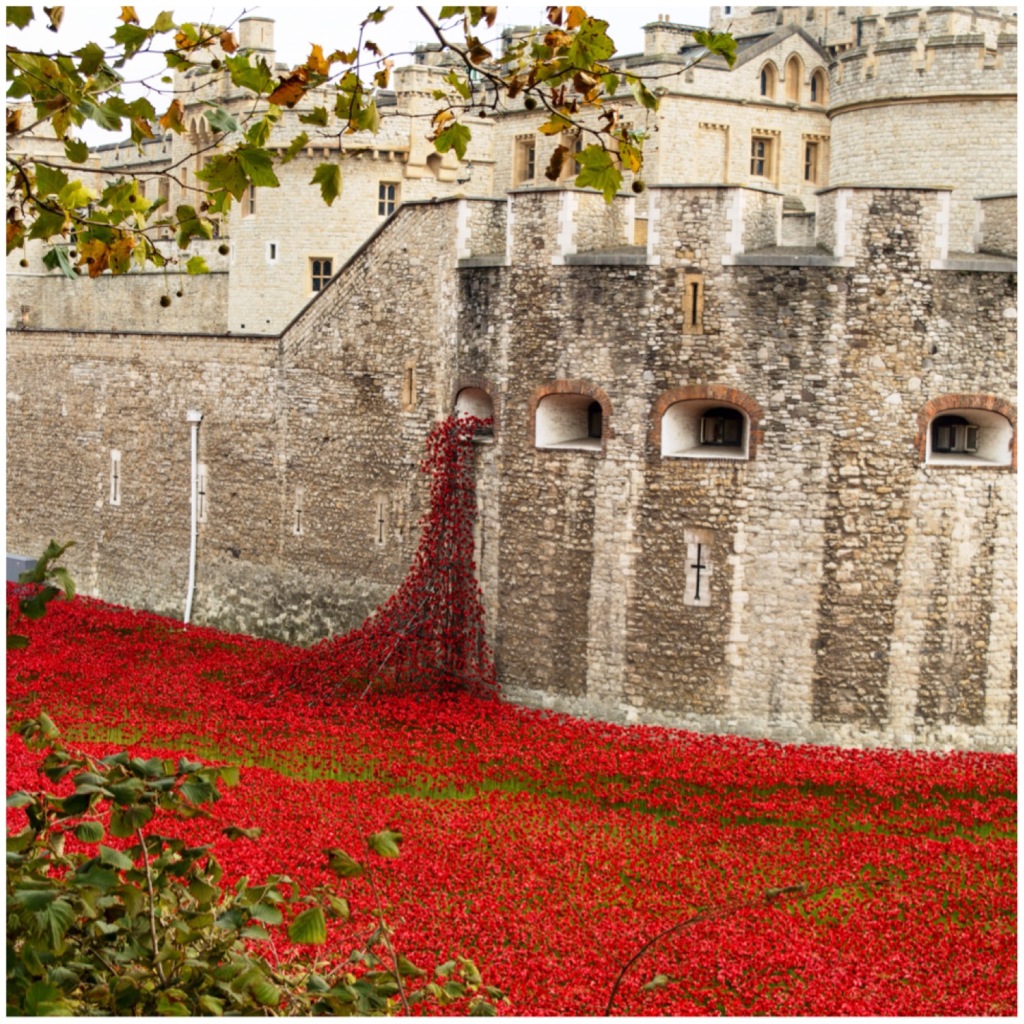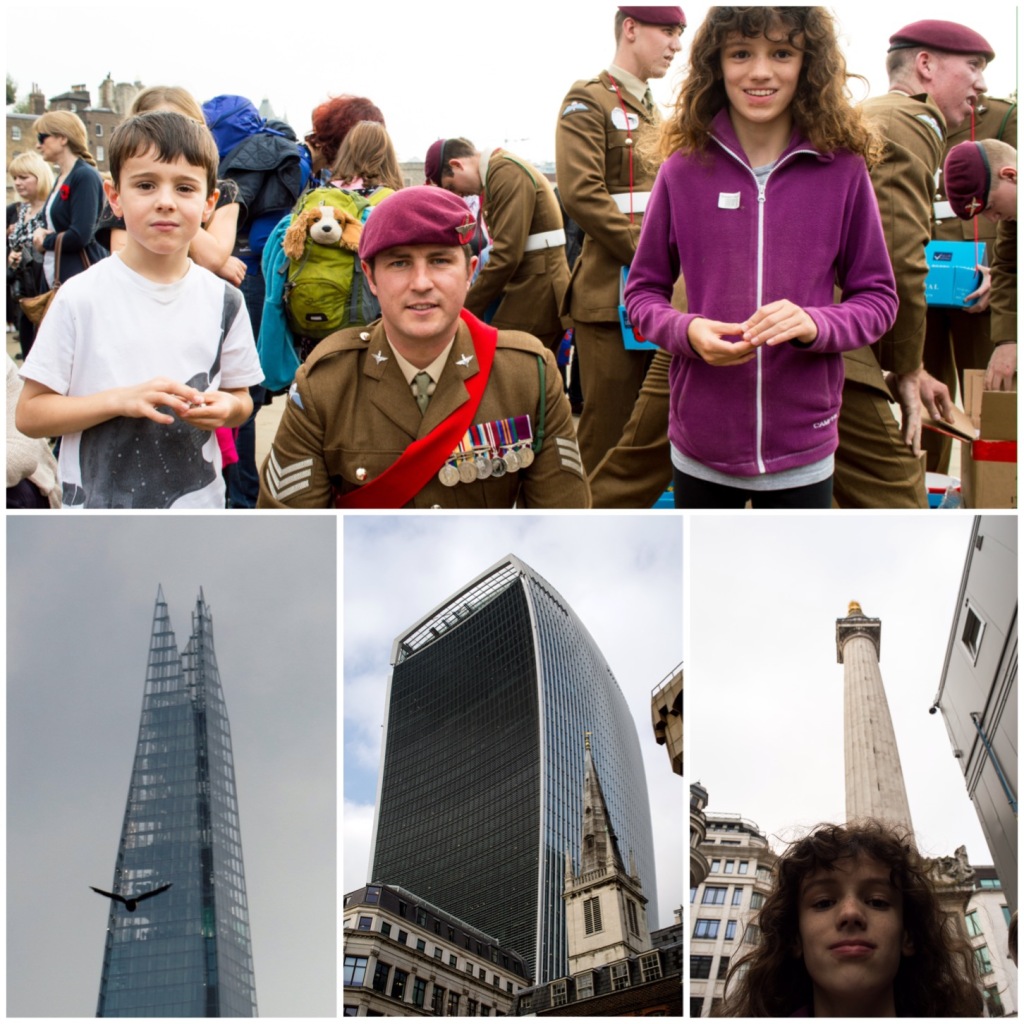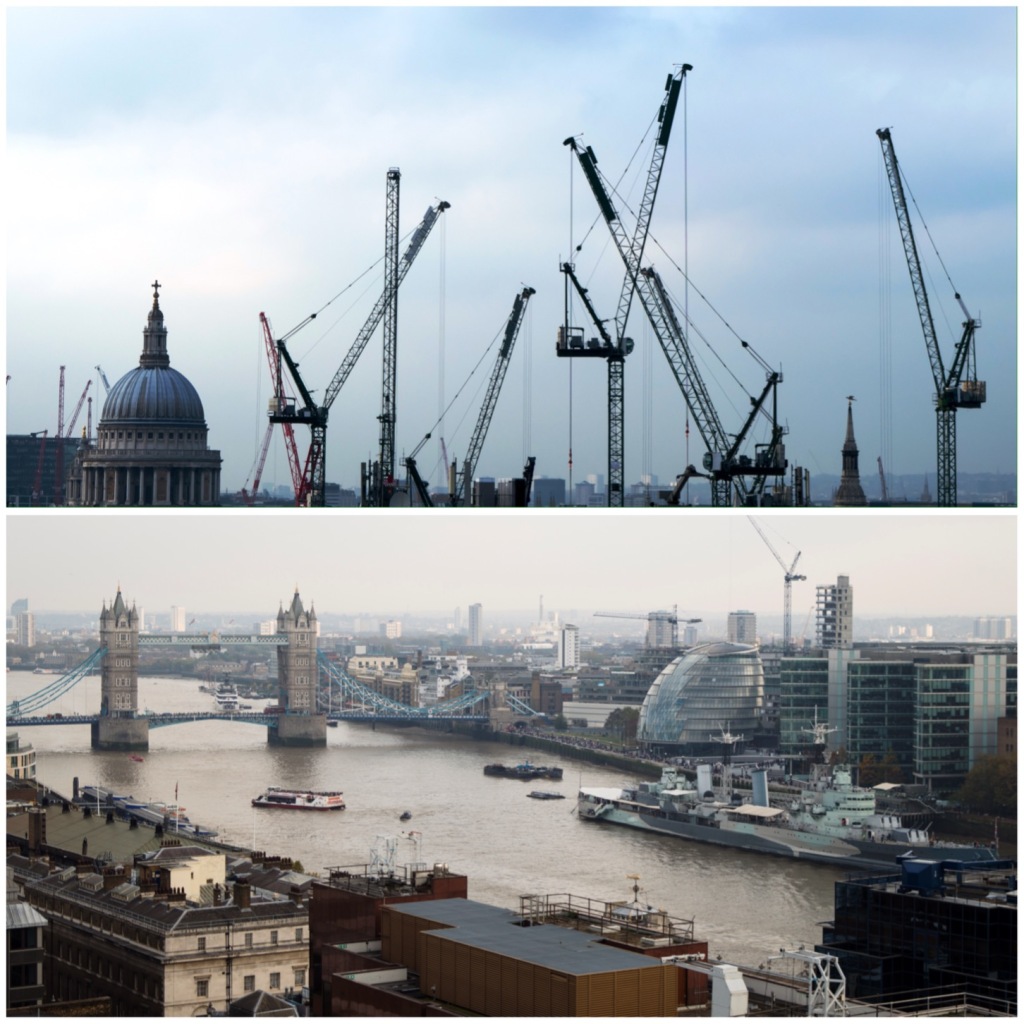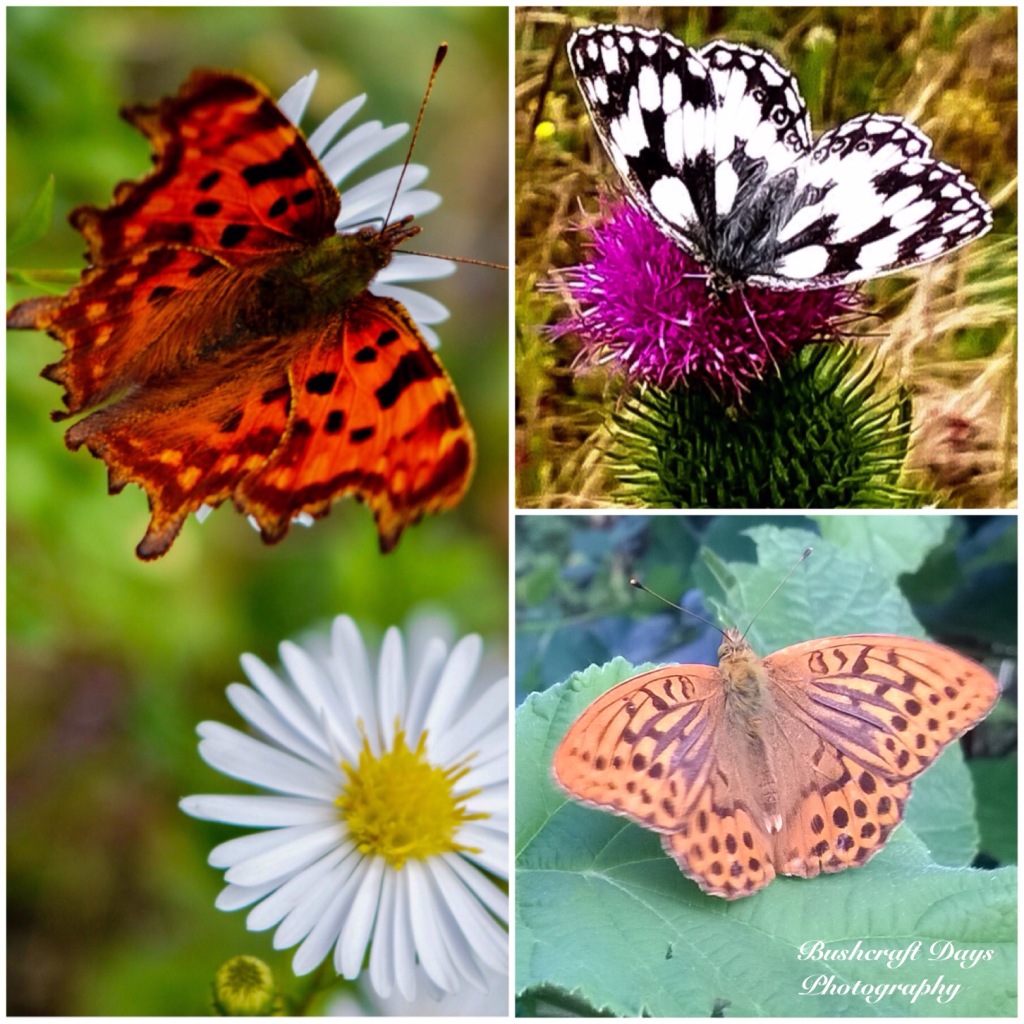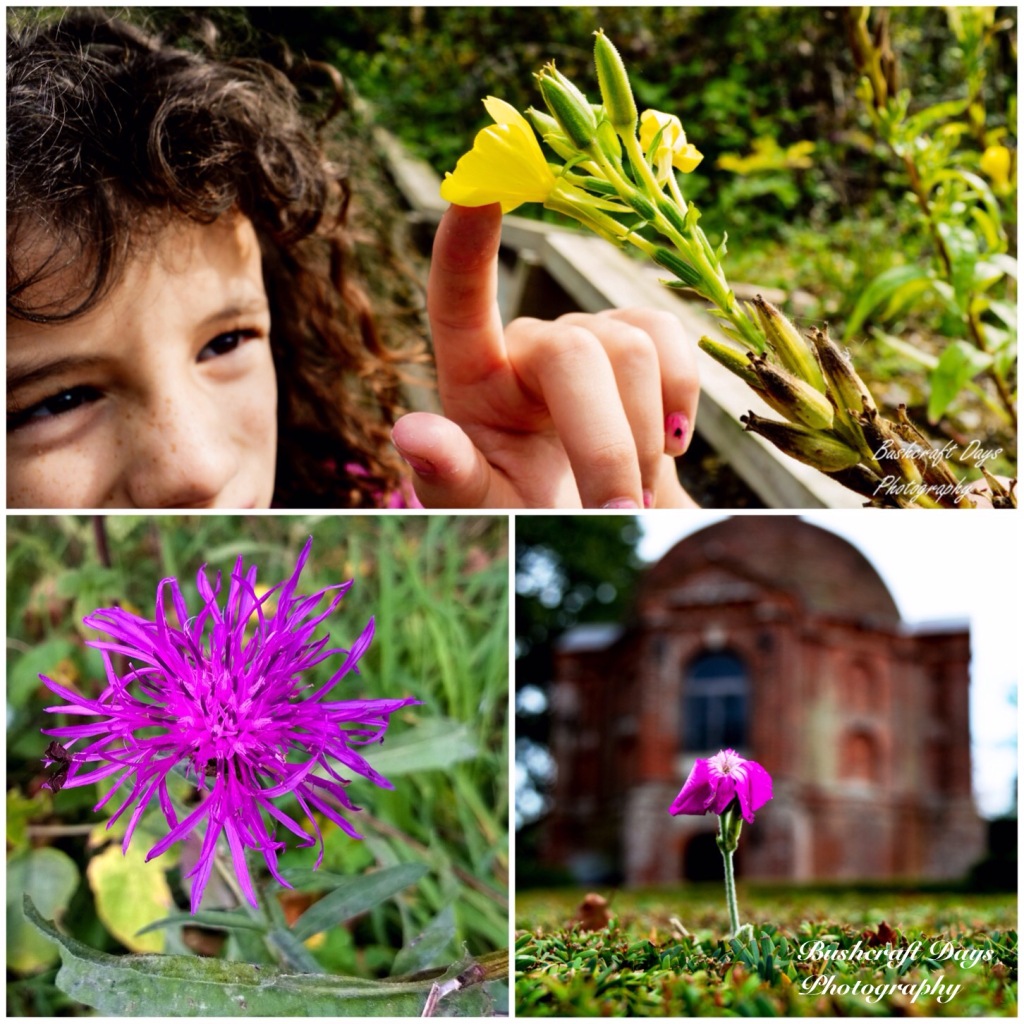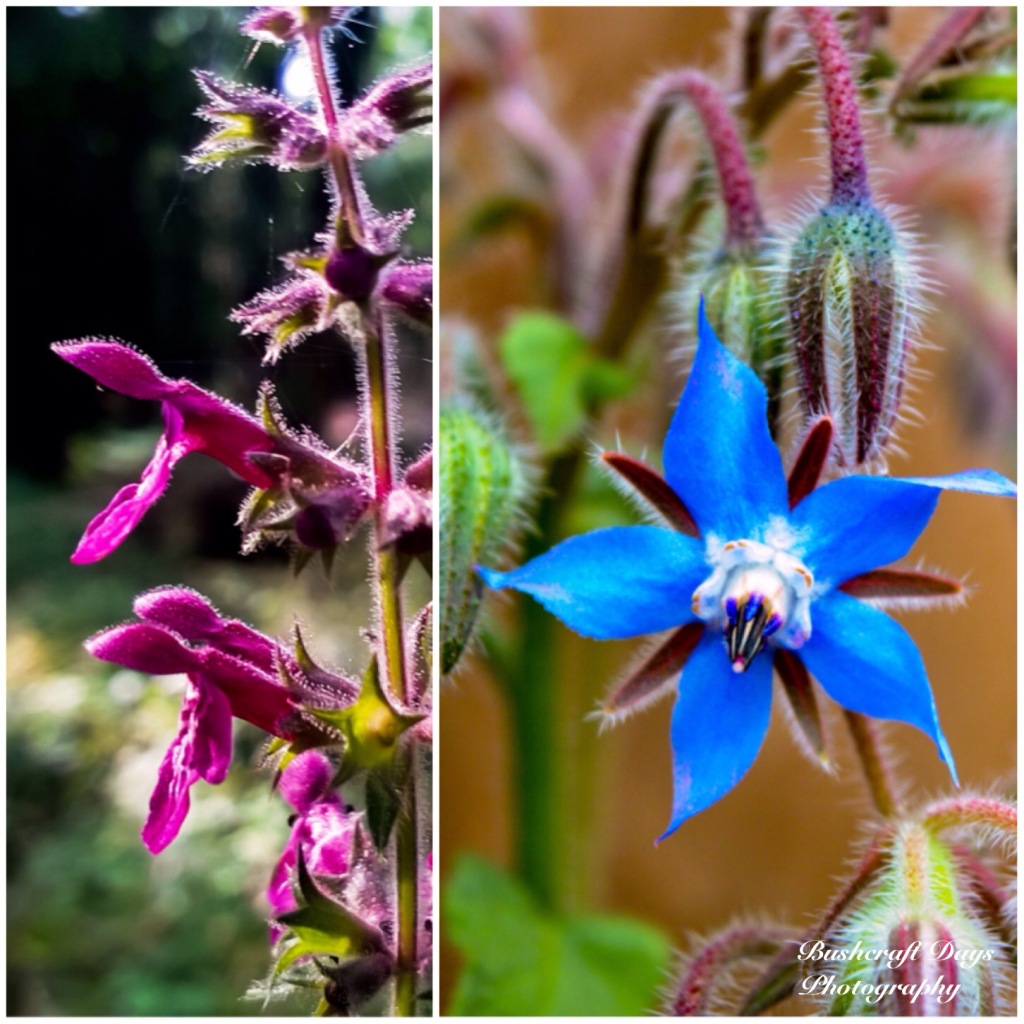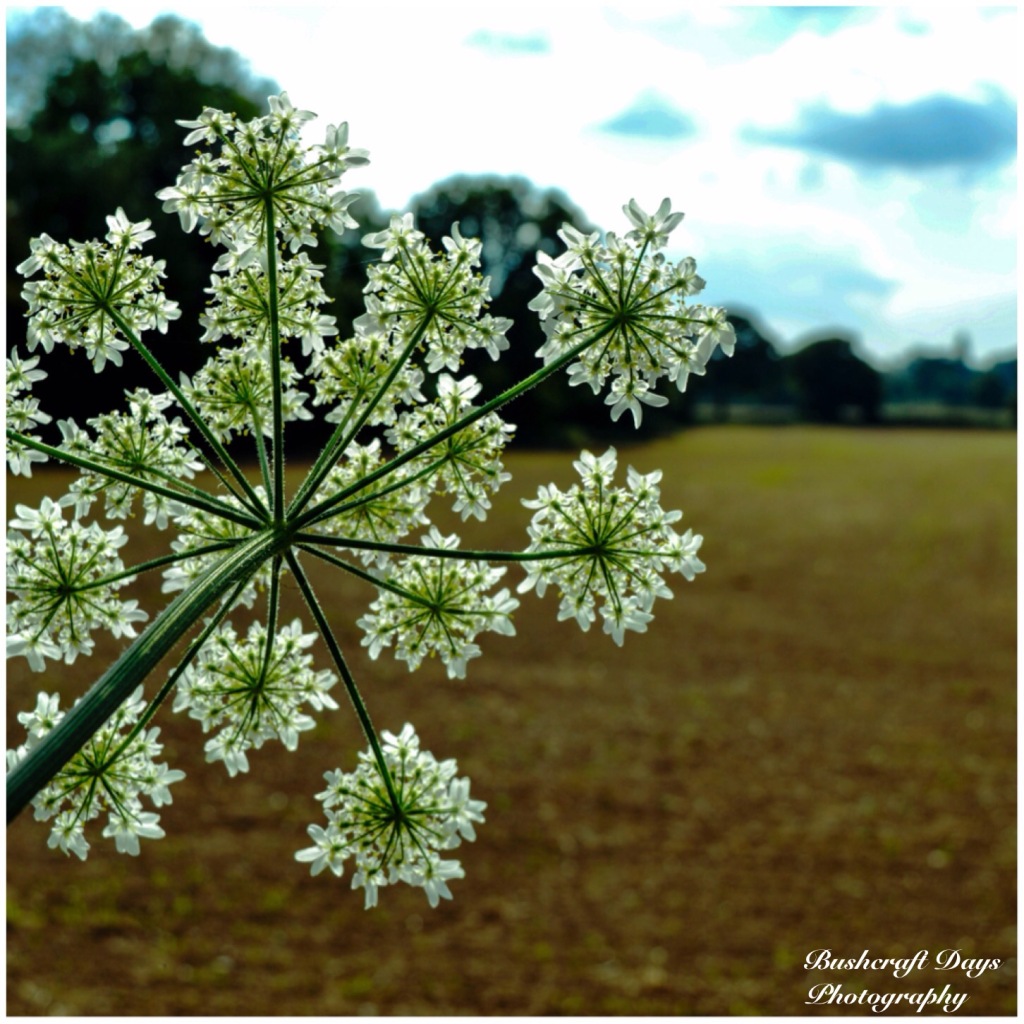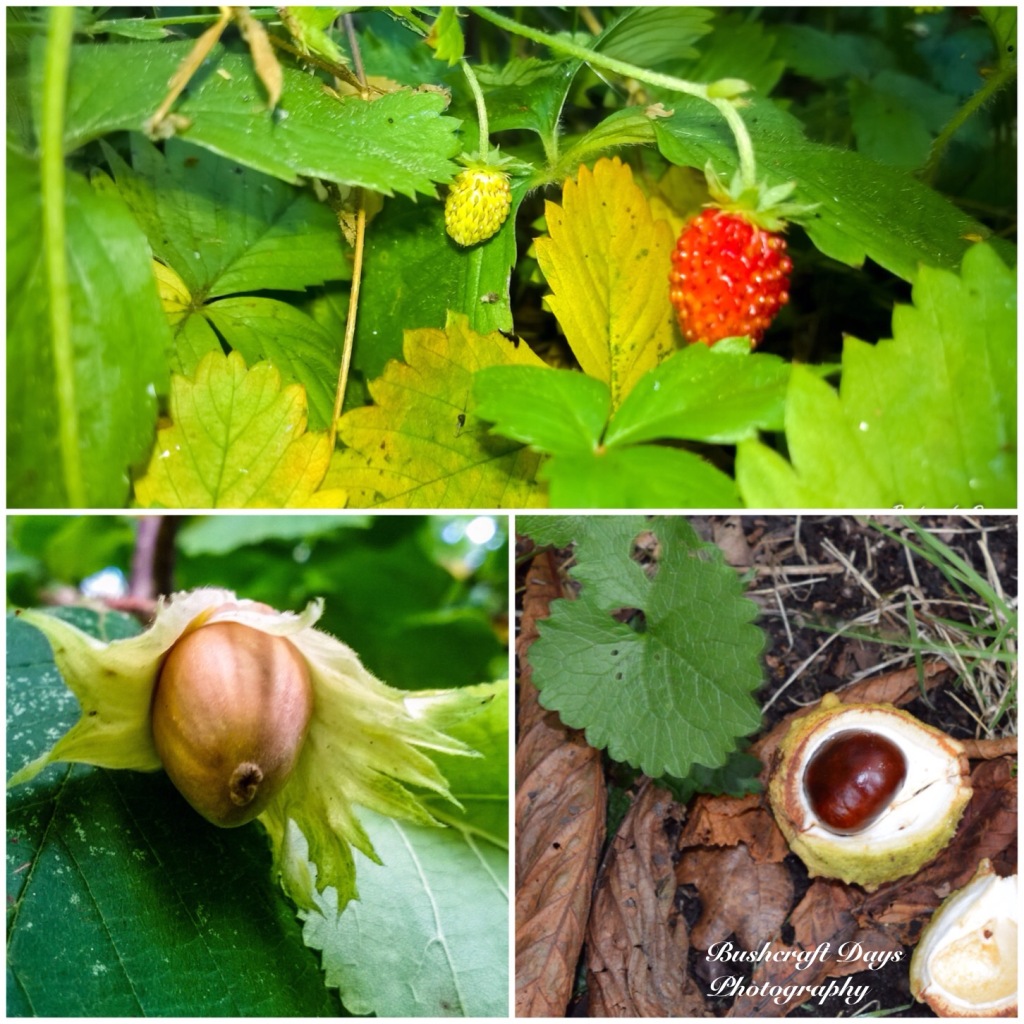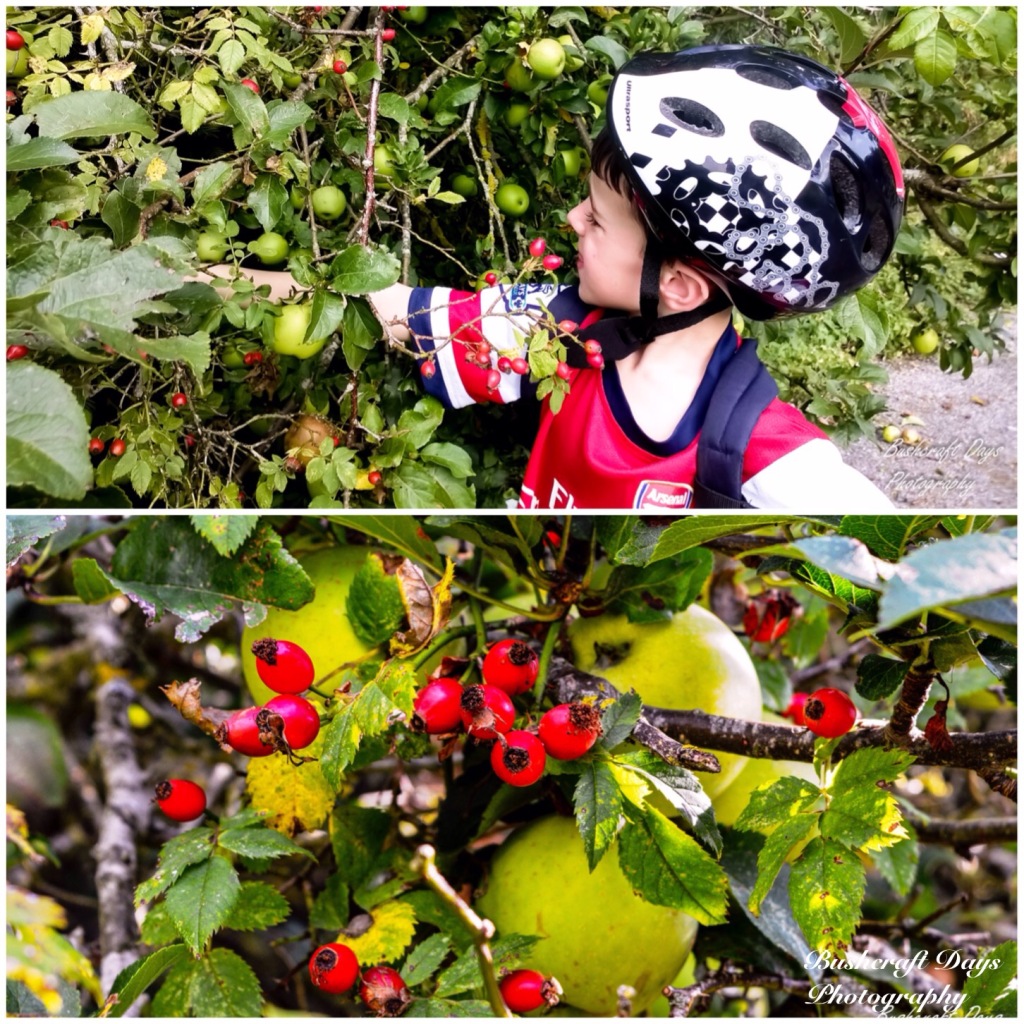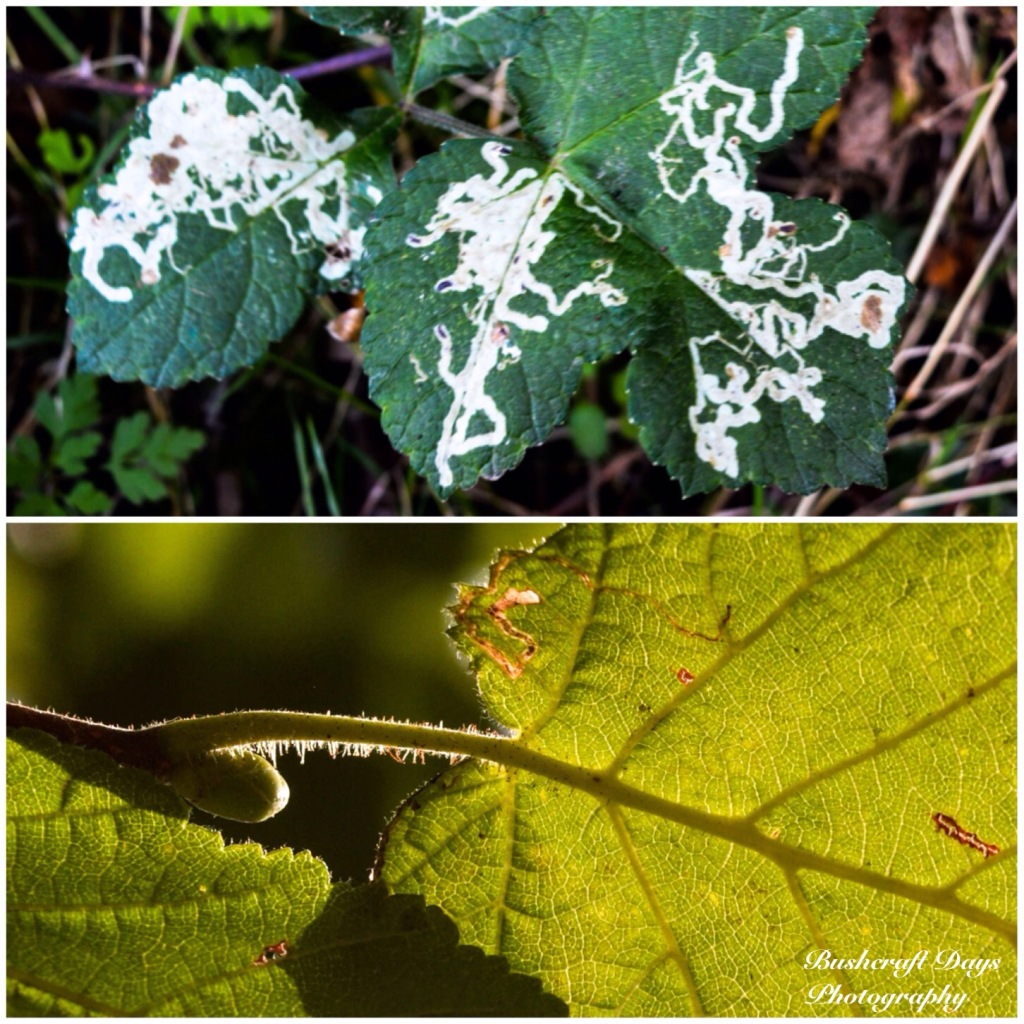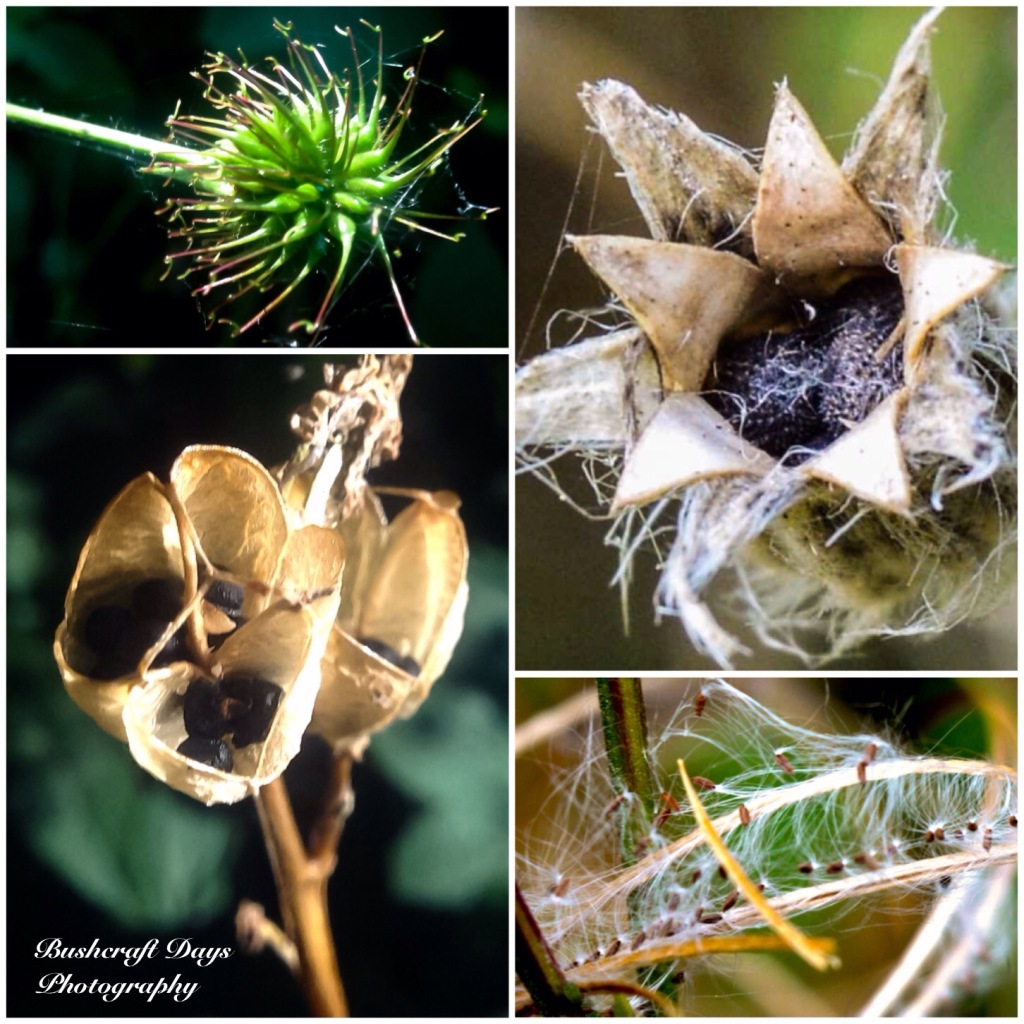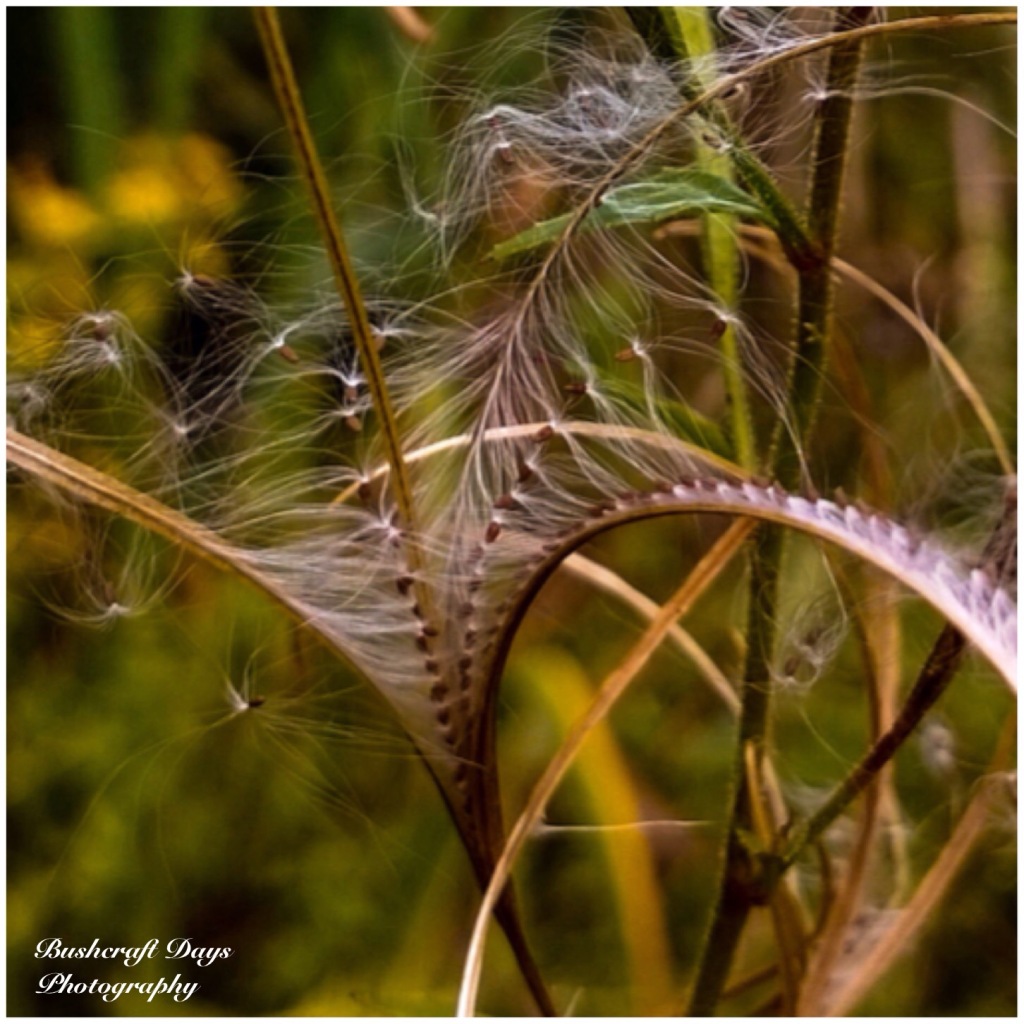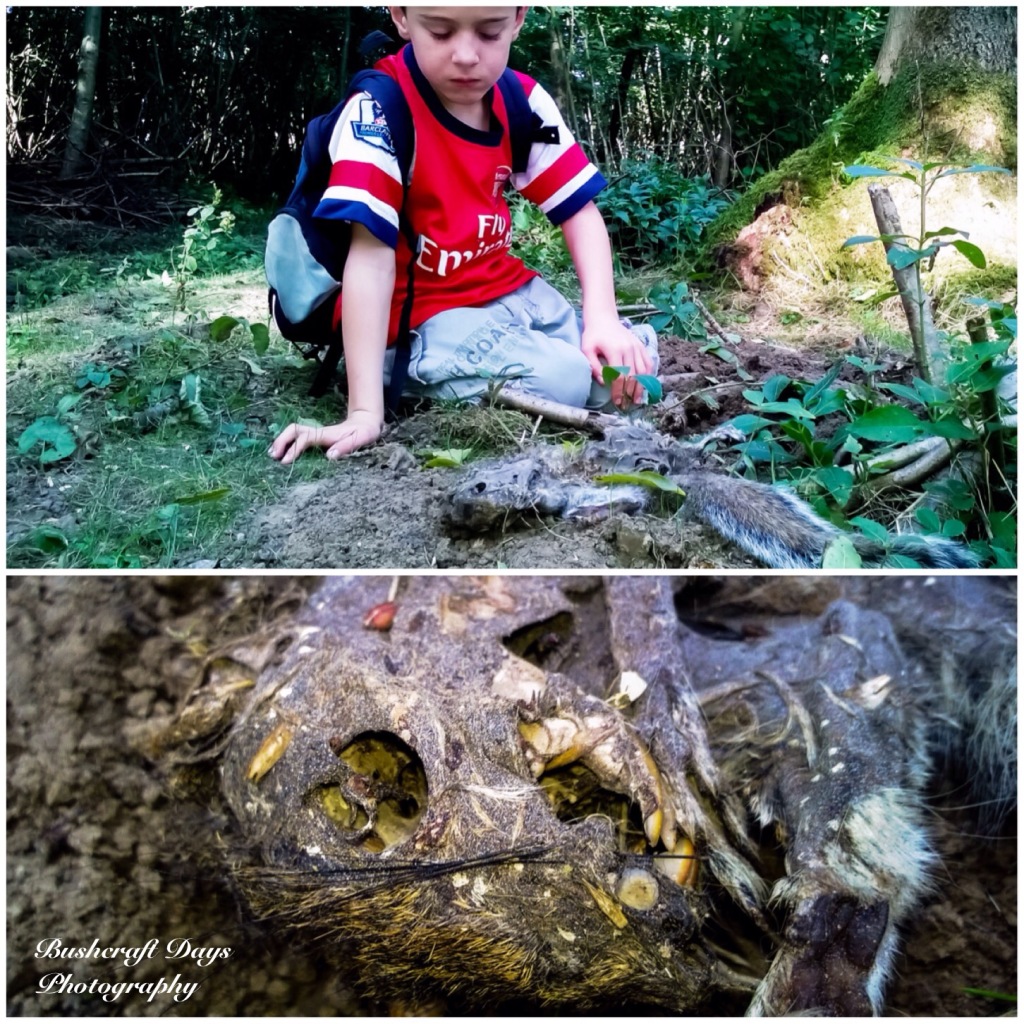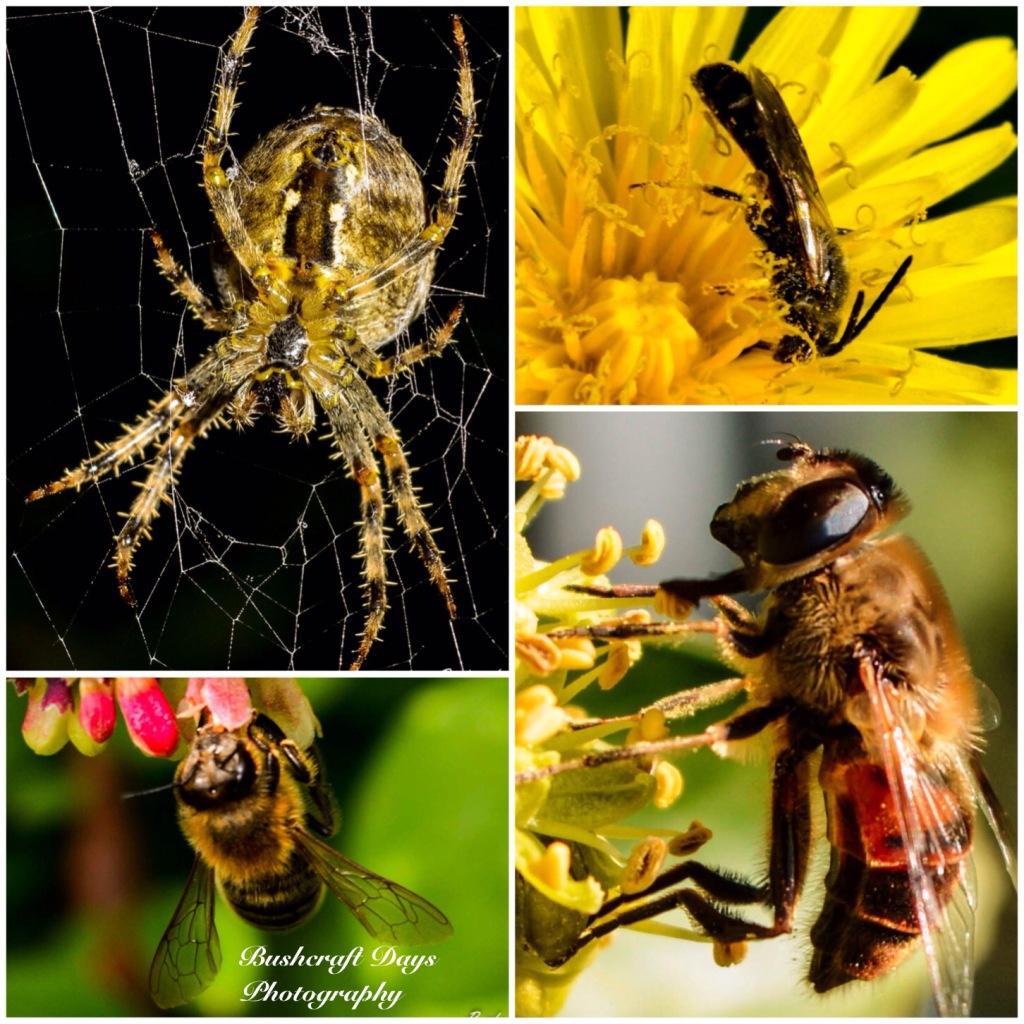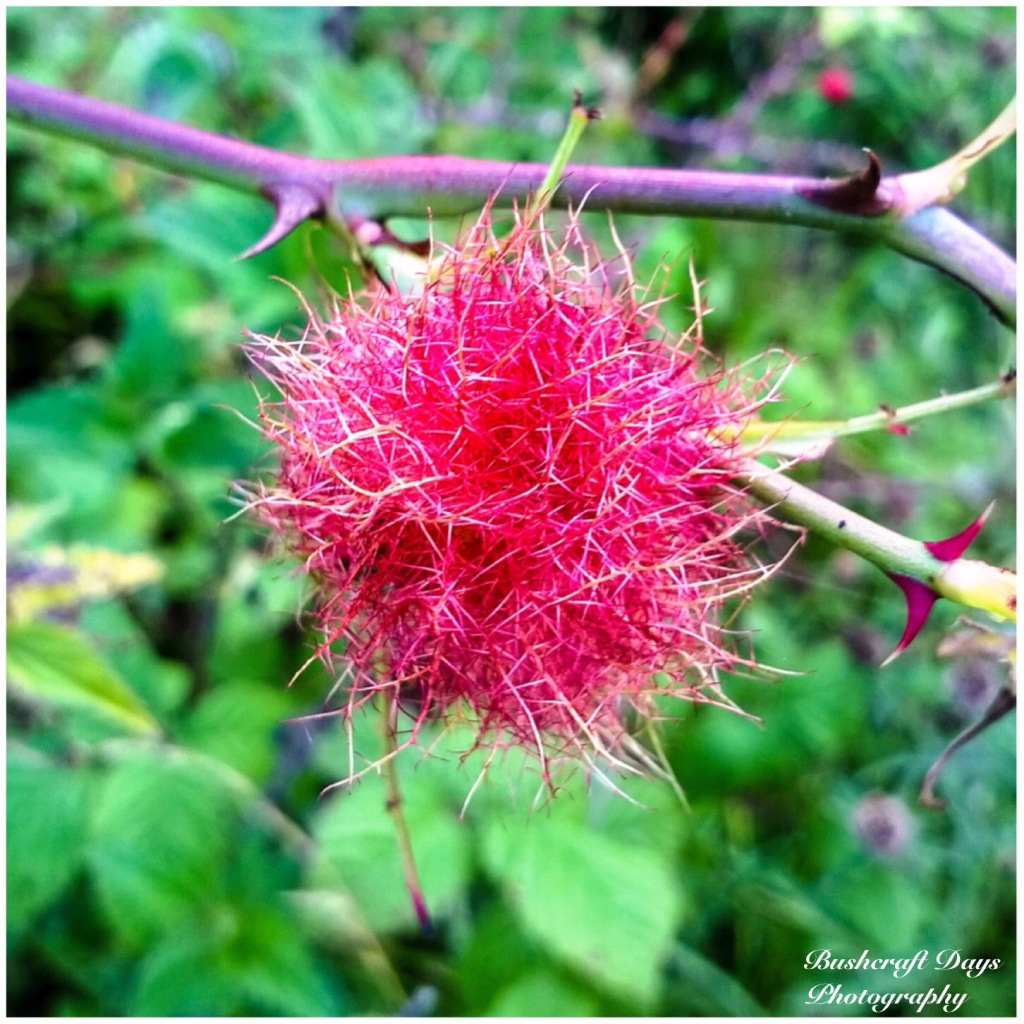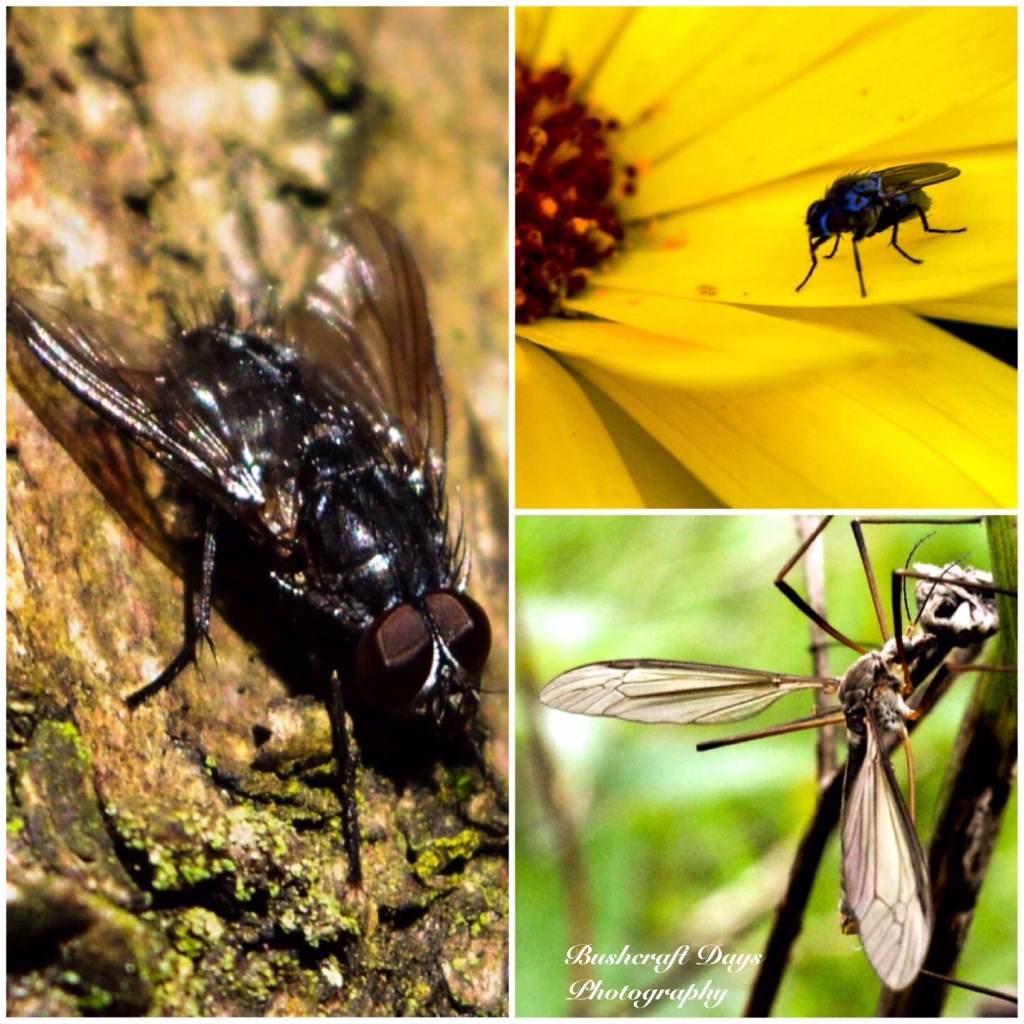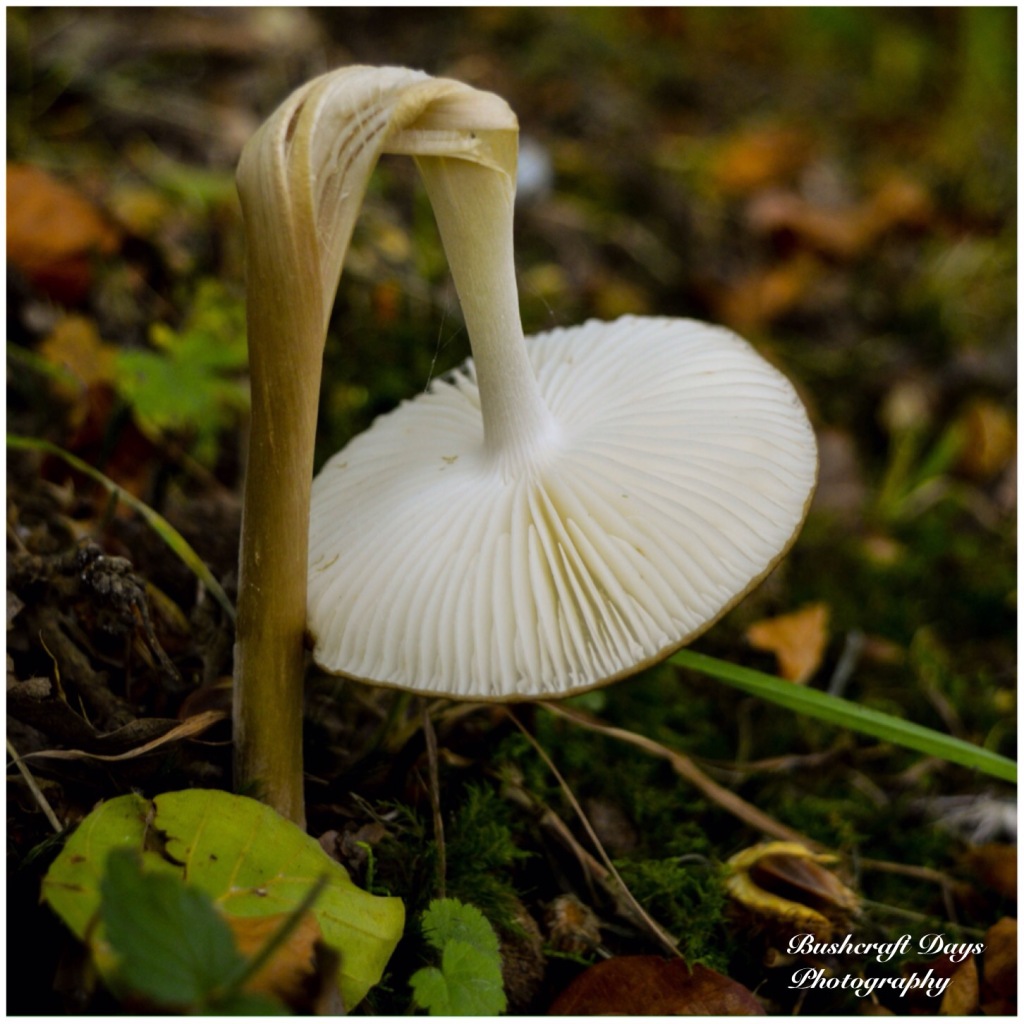‘no need to be uncomfortable in the great outdoors’
Have you ever wondered what your kids get up to when they go off camping with one of the many different youth organisations we have in this country?
Well with the Sea Cadets we always try to make it a special trip as many of our younger cadets have never camped in their lives, or even wandered freely outdoors. There is a lot to learn if you want to live comfortably outdoors but even if the weather is not being nice to you all the time there is no need to be uncomfortable.
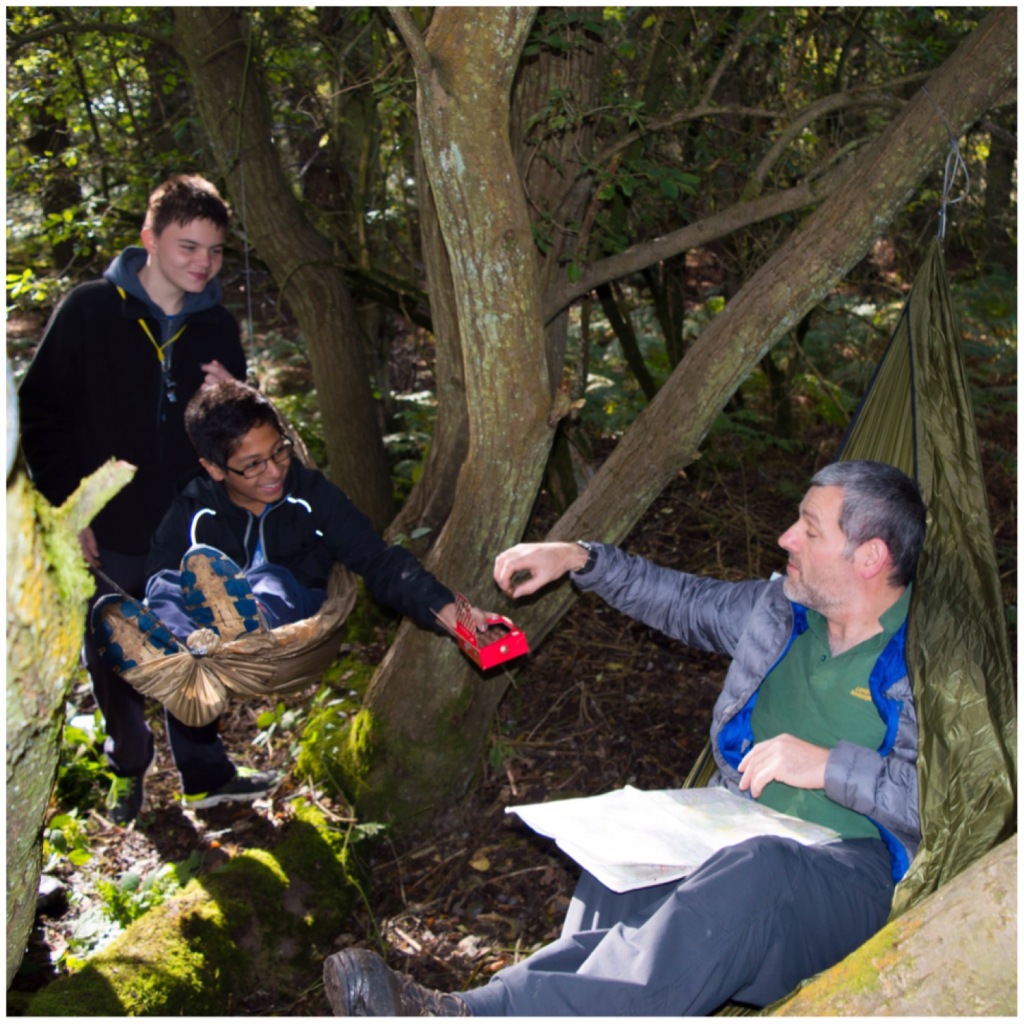
I spent a lovely weekend at the beginning of October this year with my friends Dave Lewis and Charlie Brookes teaching campcraft to Sea Cadets from North London in the beautiful military training area that is Pippingford Park located in the Ashdown Forest. The public do not have access to this area and if the military are not running exercises then it can be a most beautiful and tranquil place to visit.
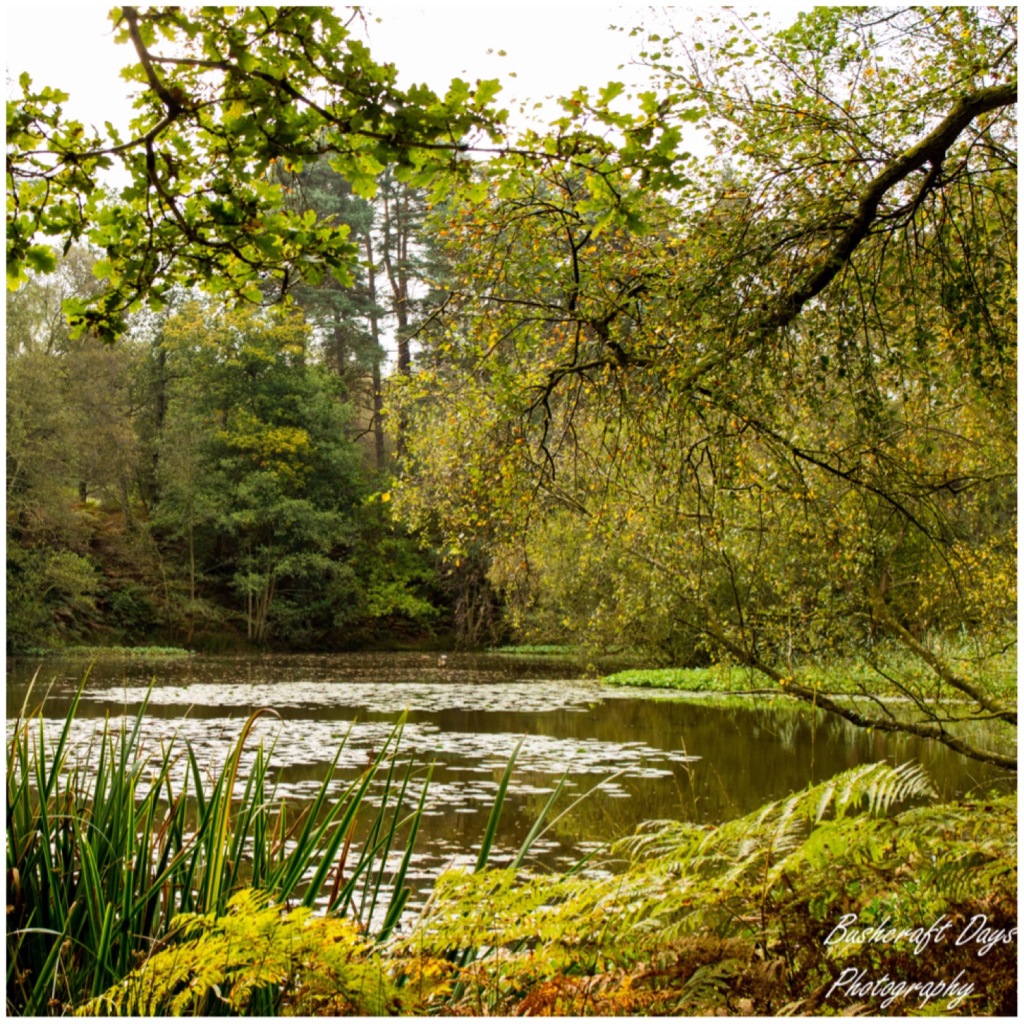
We had a small group of lads for this weekend and we started off by teaching them the basics of navigation. When I say ‘we’ I must truthfully say Dave taught the cadets: I spent most of the time trying to get to grips with the manual settings of my new D3200 Nikon camera.
The picture directly below was taken beside one of the many different weirs with a very slow shutter speed to try and capture that feeling of motion.
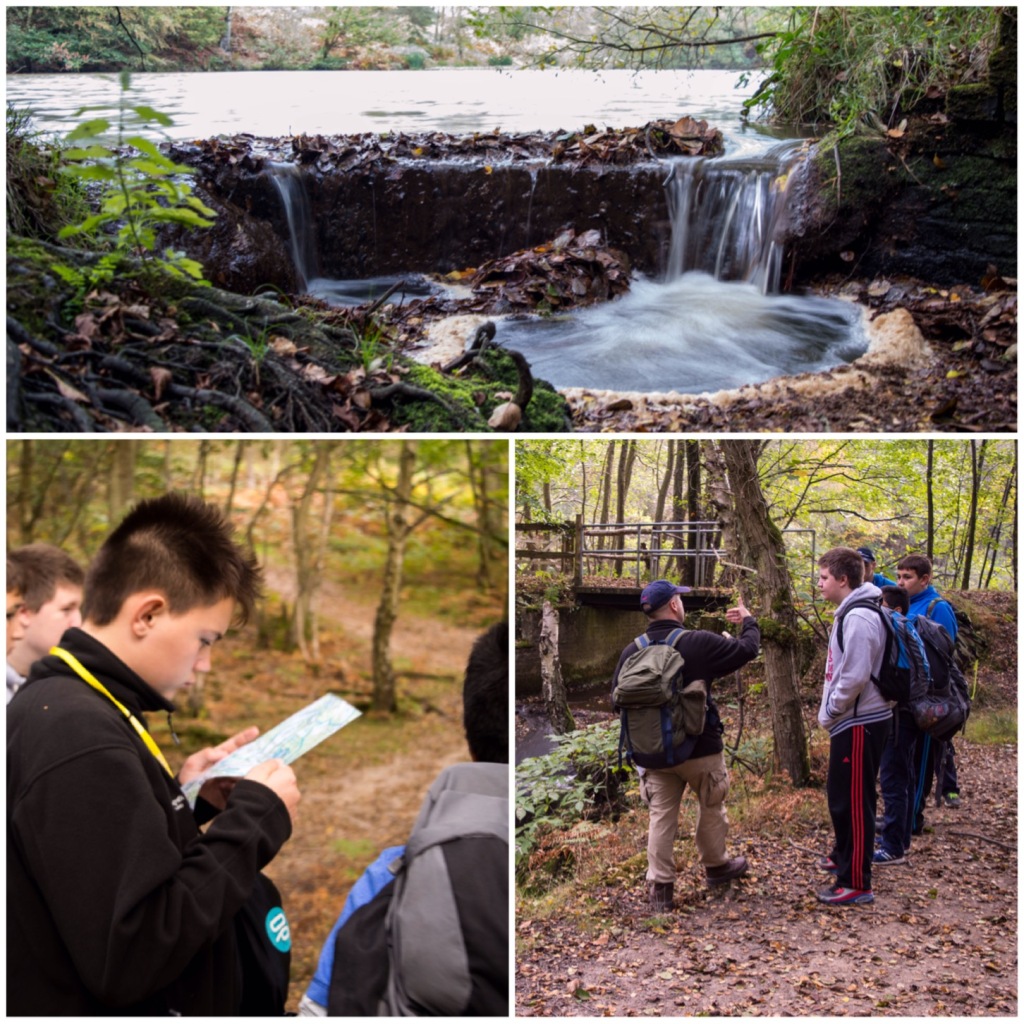
In between learning the art of navigation and talking about the various properties of kit I snapped these two pictures with the leaf hanging off a spider’s thread. I like the totally different effect when the focus changes from the leaf to Dave.
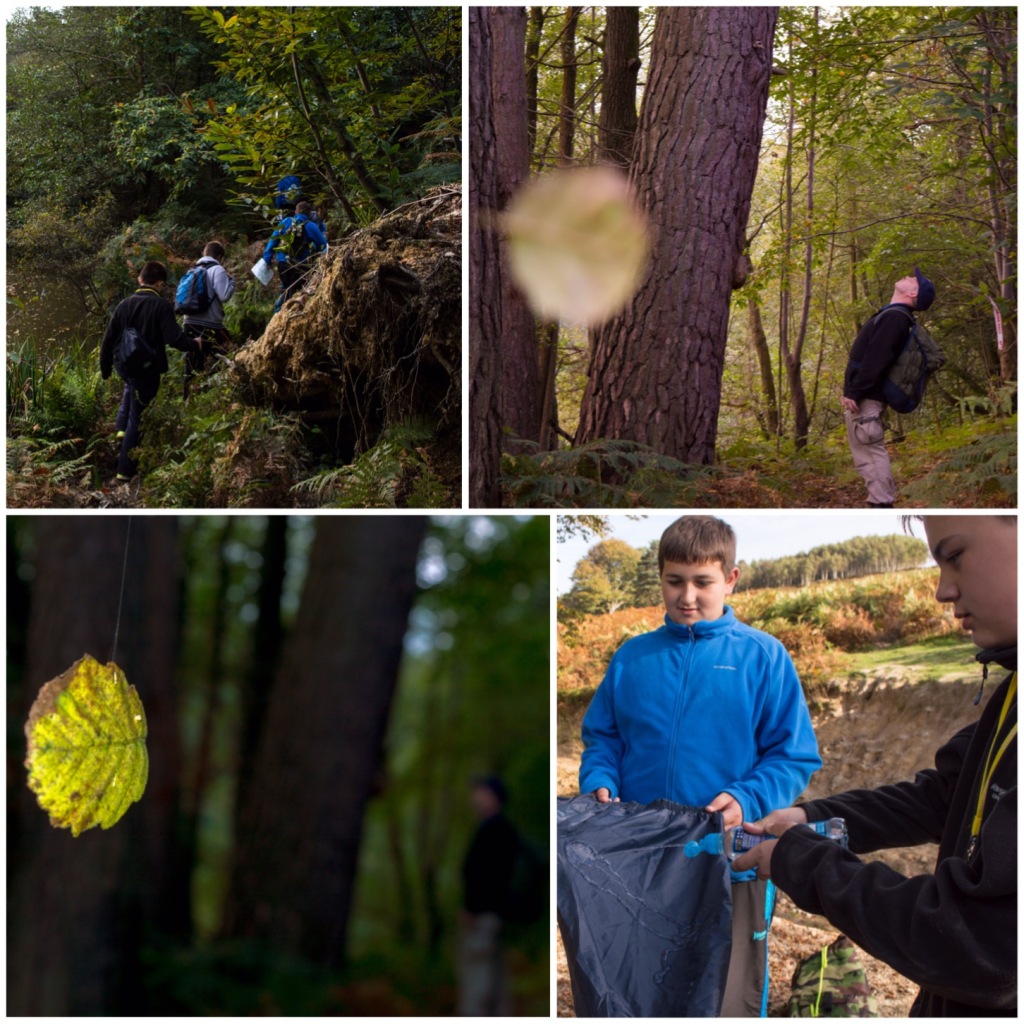
As usual with our weekends we spend a lot of time with the cadets discussing the different signs that can help us with navigation.
Below you can see Dave explaining to the cadets how the shape of lone trees on exposed slopes can reveal the prevailing wind direction. I taught the cadets about how to distinguish different tree types by looking at the leaves, bark and (in the example below, with the beech nuts) the fruit. Knowing your trees, for example whether they are coniferous or deciduous, is key to successful map reading.
We also got the cadets to identify animal tracks when they spotted them. The picture at the bottom left shows a steep slope where the hoof marks of a herd of deer could be clearly seen as they had tried to scramble up or down the slope.
Not all the signs are natural and the cadets soon learned to identify man-made objects such as this stepped weir (bottom right) so that they could identify where they were on the map easily.
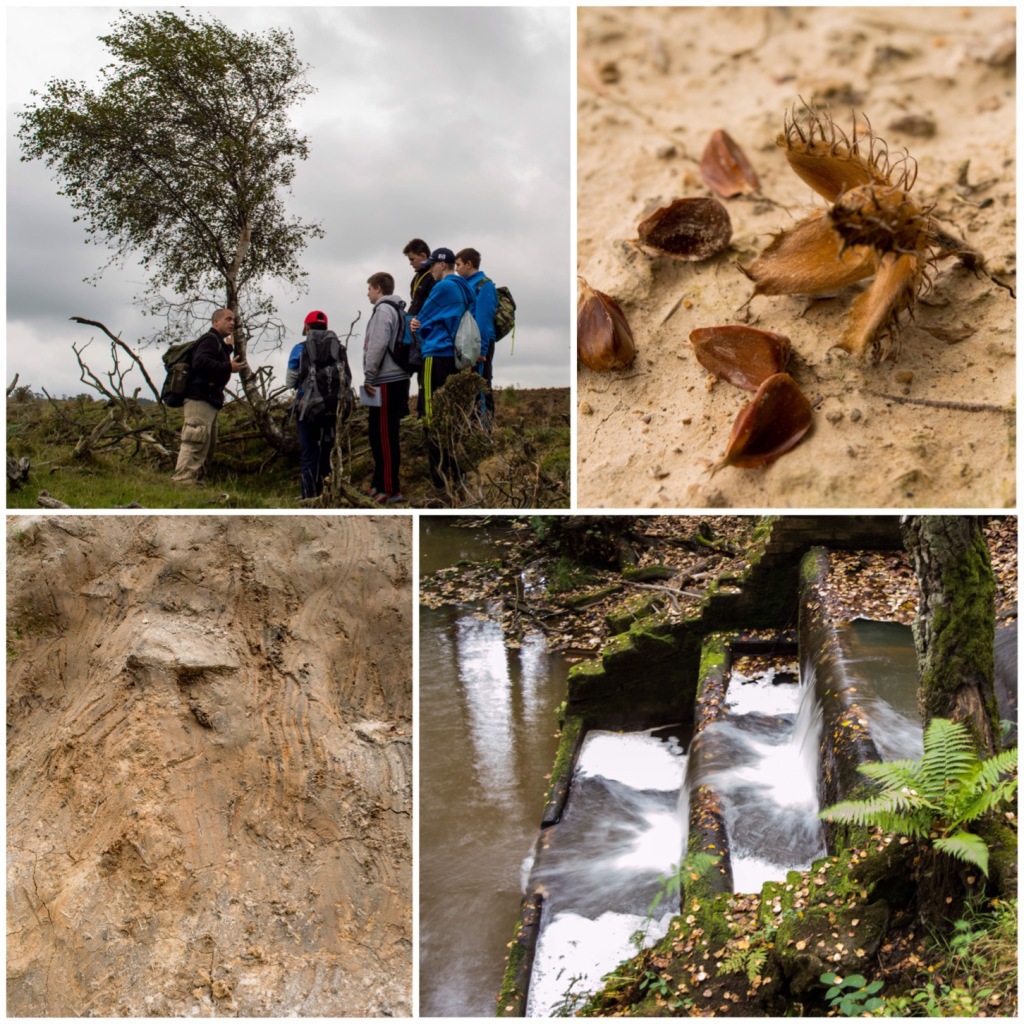
The weather was a bit damp that weekend and as soon as we returned to Crowborough Army Camp we set up our tents, hammocks and tarps.
For our classes we set up a large tarp to keep the worst of the weather off us. The cadets put up the large tarp with a bit of instruction from us.
In the picture below the cadets are being introduced to the safe use of camp stoves.
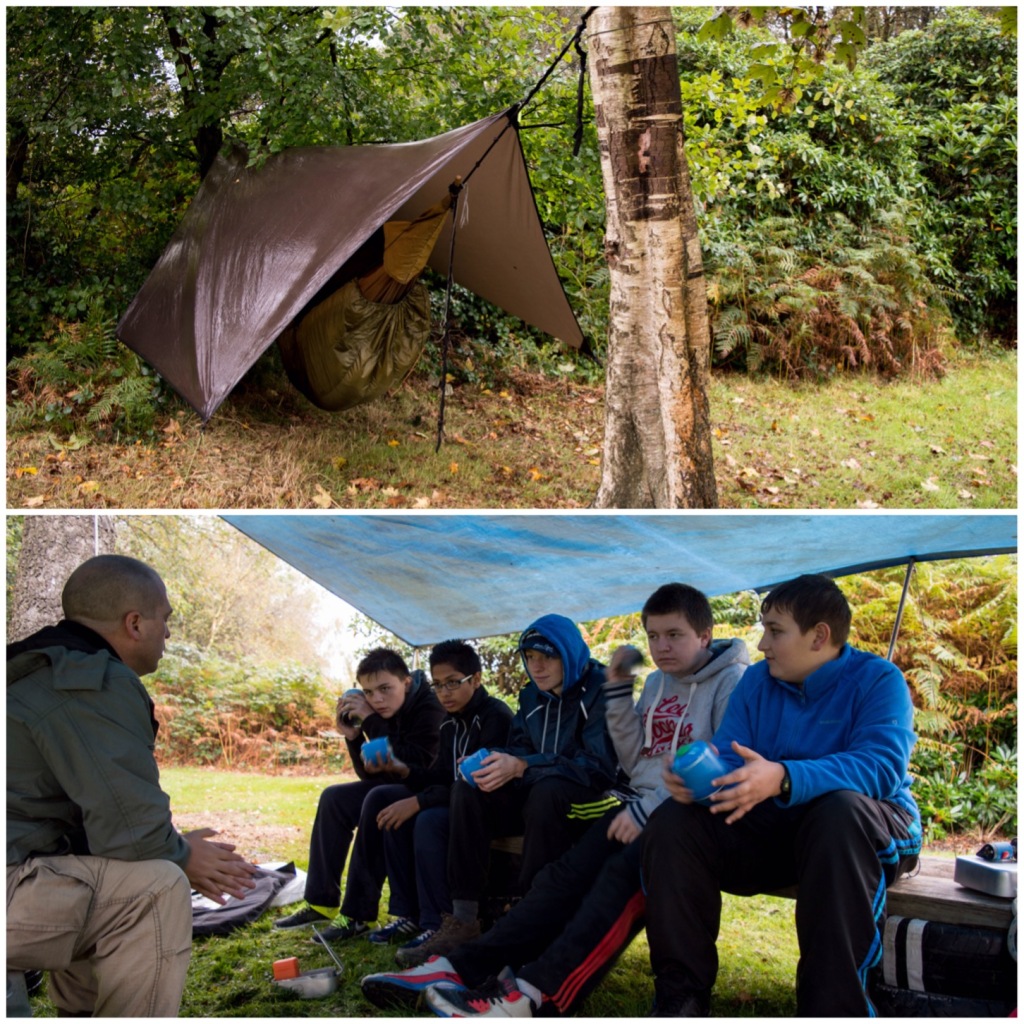
After getting the stoves going the cadets got some food cooked and while they were doing this I had a look around and managed to get the lovely shot below of the spiders web covered in water droplets.
After tea we had a evening wander in the nearby woodland but did not stray too far as the military were conducting exercises there. Thankfully there is a lot of dead wood in that area so it did not take long to get together enough for a fire for the evening.
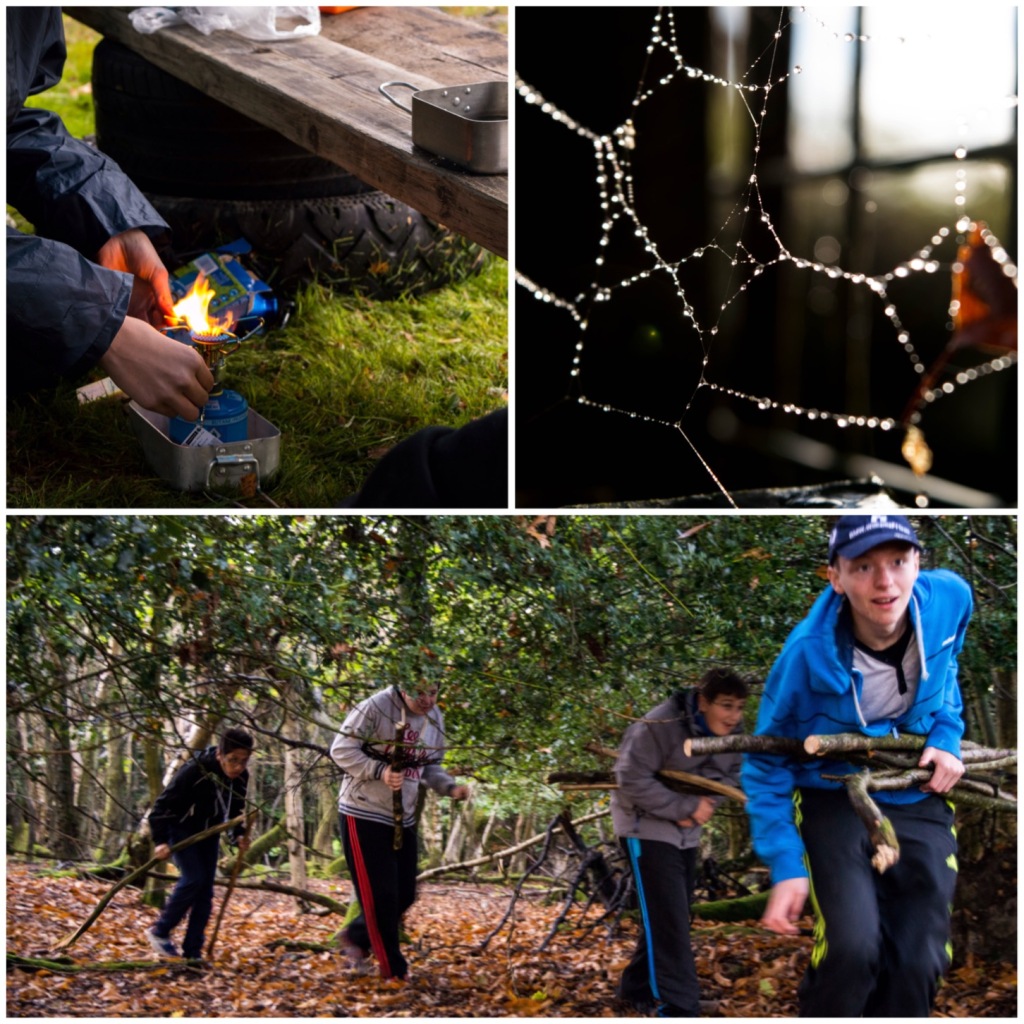
The evening fire turned out to be quite a nice show in the end. As many of you will know I collect ‘Fire Faces‘ and will happily sit for hours in front of a fire taking pictures. Of every 100 or so I photographs I take I probably keep only one. I call the picture directly below ‘The Three Amigos’ as I can see a cat on the left, a rooster in the middle and a dog on the right. Take your time and see what you can see.
The usual marshmallows and biscuits came out for a relaxed evening by the fireside.
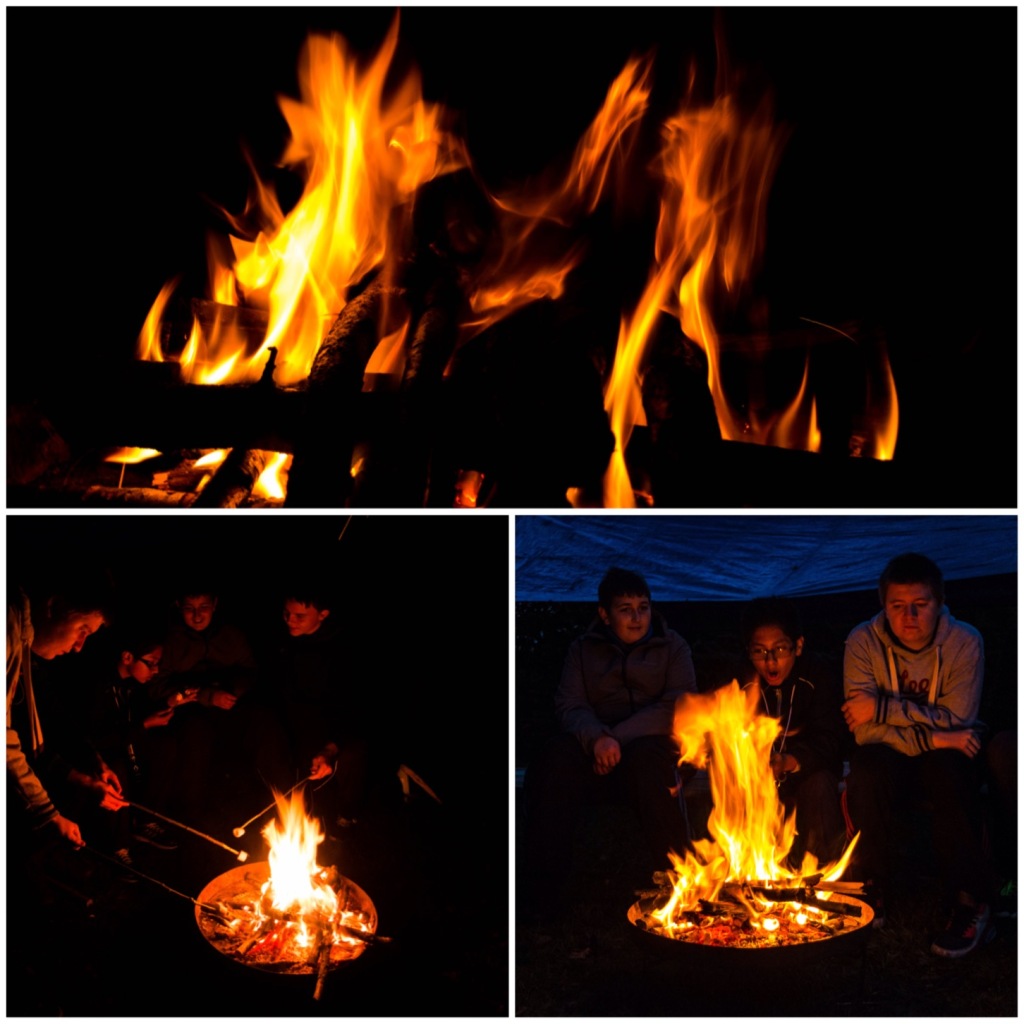
Sunday morning was spent discussing all the different kit they will be expected to use outdoors. The classes cover kit such as rollmats, sleeping bags, bothy bags, rucksacks, food, packing, tents, first aid and footwear.
The amount of information they need to take in is enormous so at this basic level they are not tested on it. As they get older and move on to more advanced courses like the Level 2 Award in Assisting in Basic Expedition Leadership they will then be tested on the subjects.
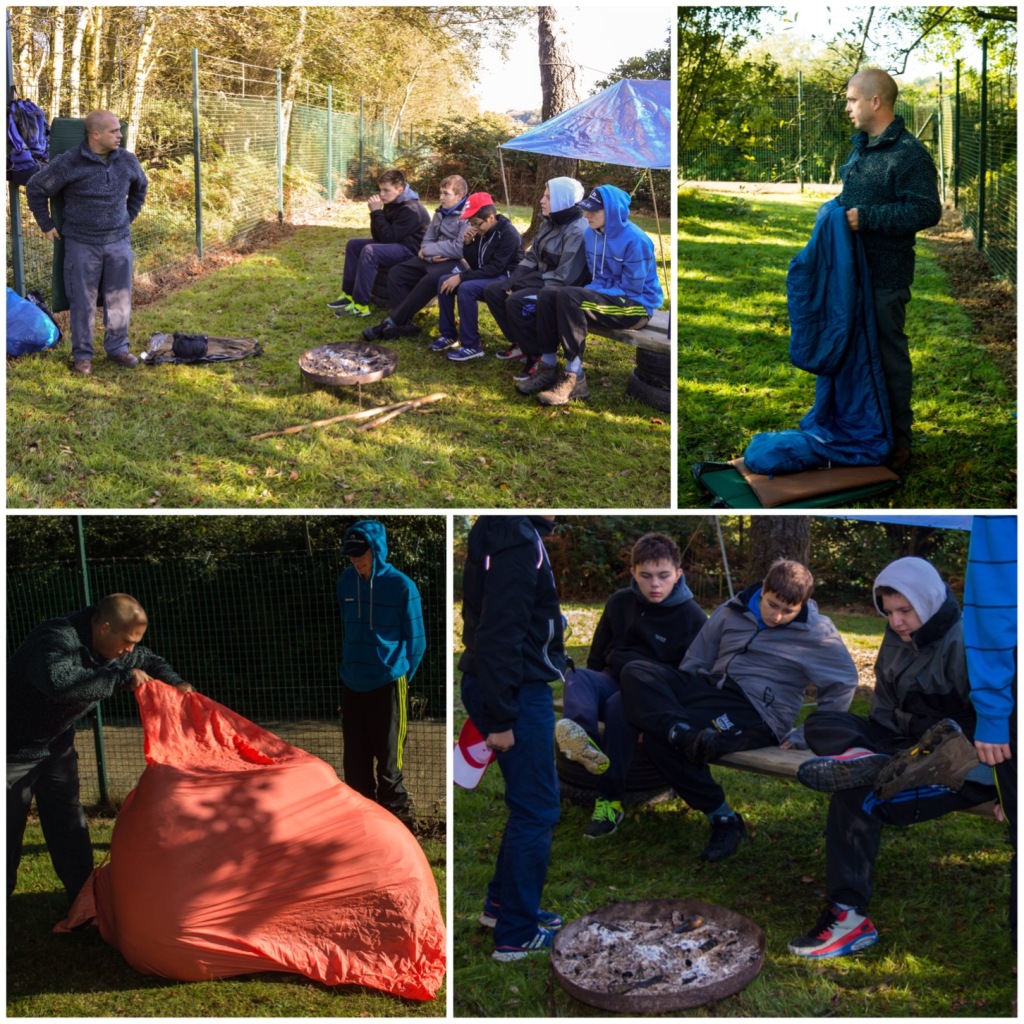
On the Sunday morning we were joined by our friend and fellow Sea Cadet instructor Charlie Brookes. Charlie and myself took the cadets out of the camp into the woods to do some micro navigation. Up to this point the cadets had just been learning how to use maps for navigating so this short walk was just to introduce them to the use of the compass.
After we had finished with the compasses Charlie and myself got our EDC hammocks out for the cadets to try out and needless to say that they were a great hit – no need to be uncomfortable in the great outdoors.
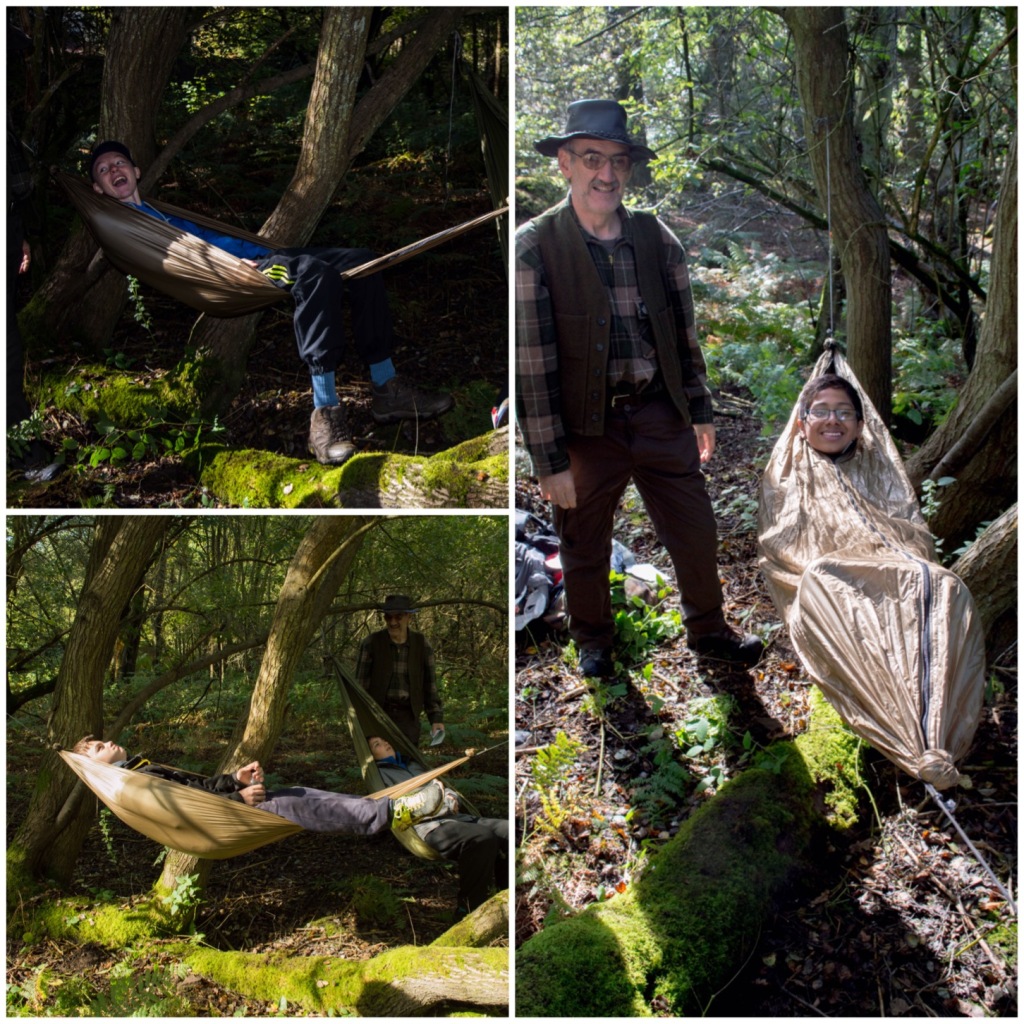
Just before lunchtime we packed away all the tarps, tents and kit. While we were doing this a cadet called me over to one of the tents. The inner tent was covered in scores of baby spiders – it seems the heat of his body had caused a nest of spiders to hatch in the grass under the tent. They were really minute – the one I photographed was right at the edge of what my camera could handle.
After lunch it was time to parade, pass out the certificates and load up onto the buses to head home.
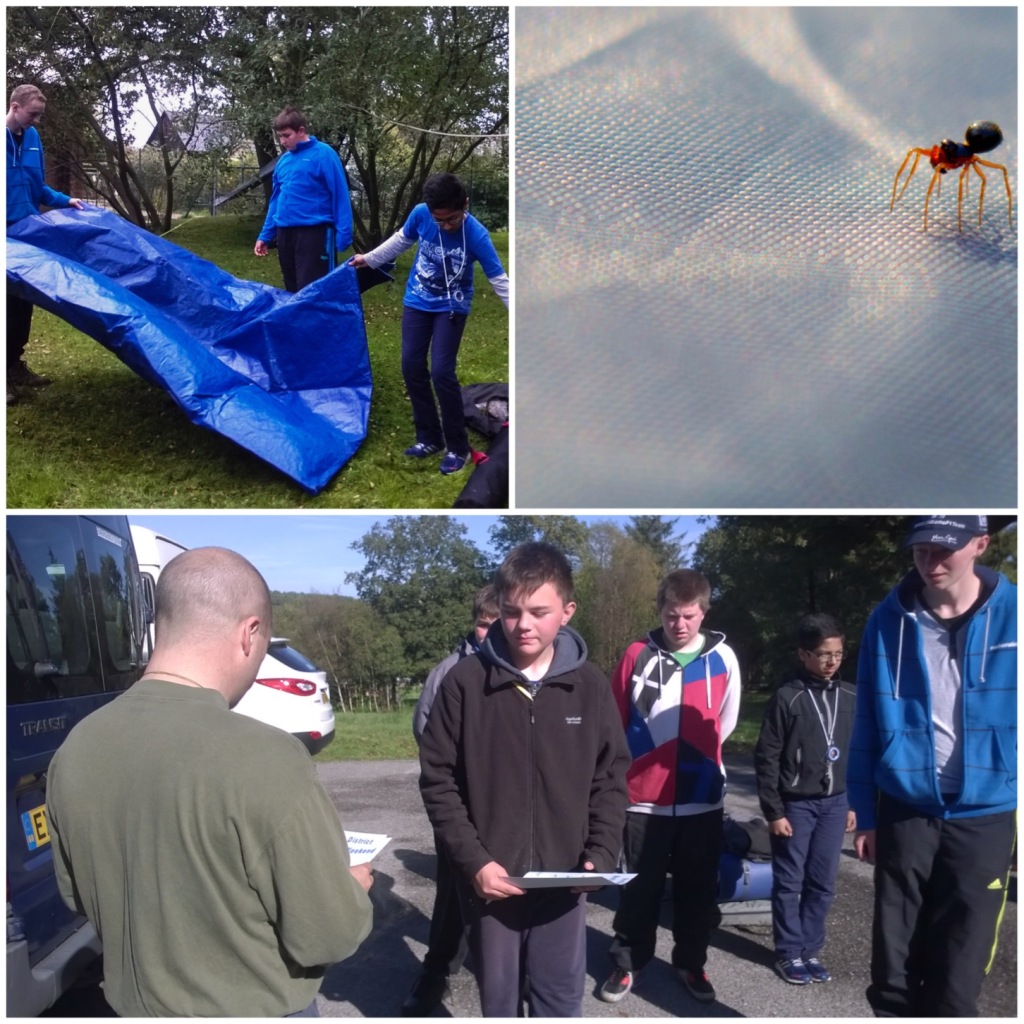
This was a great weekend – the weather was not the best but as we took our time and prepared well everyone had a great time and came away with some lovely memories and new skills.
Cheers
George
